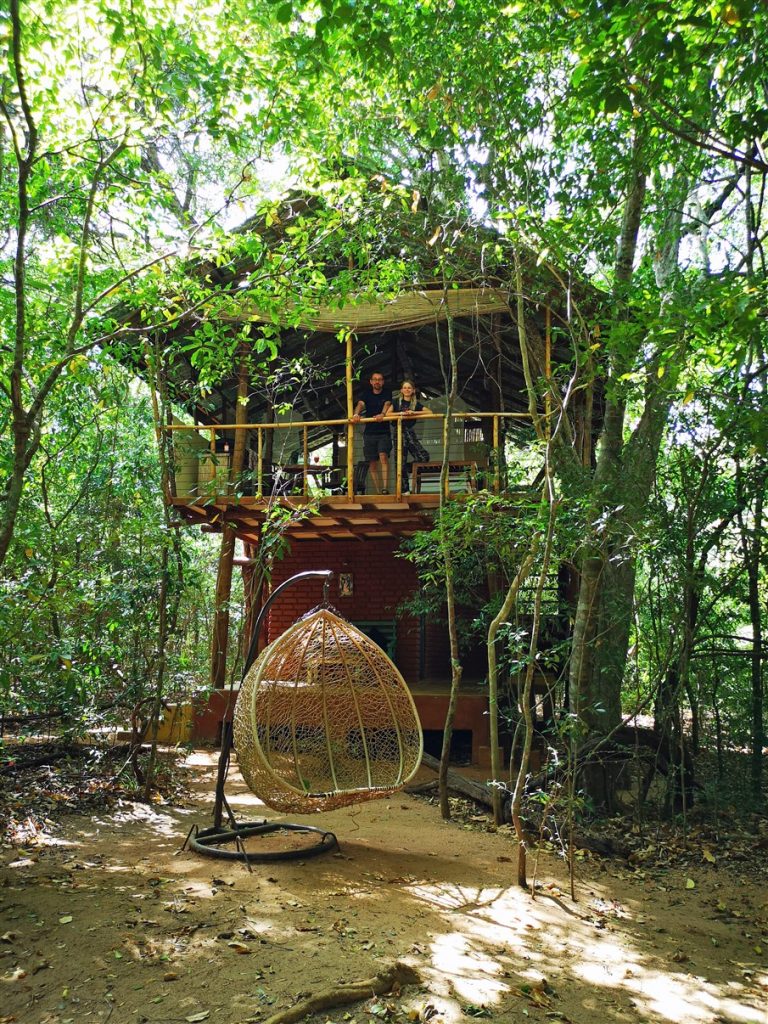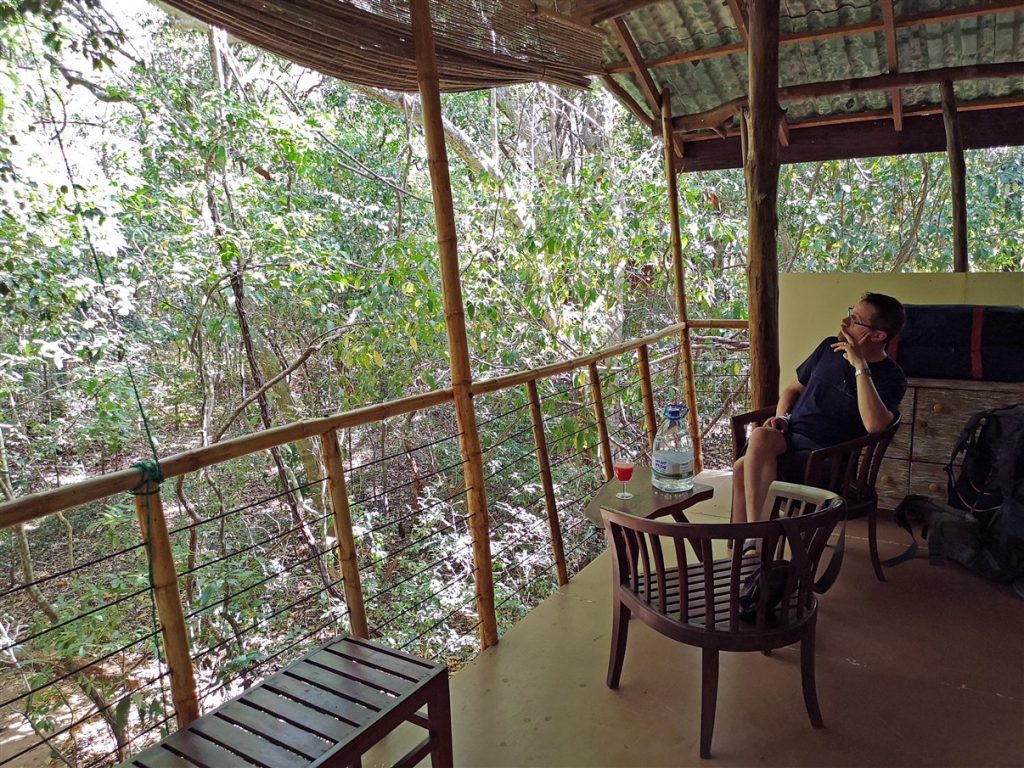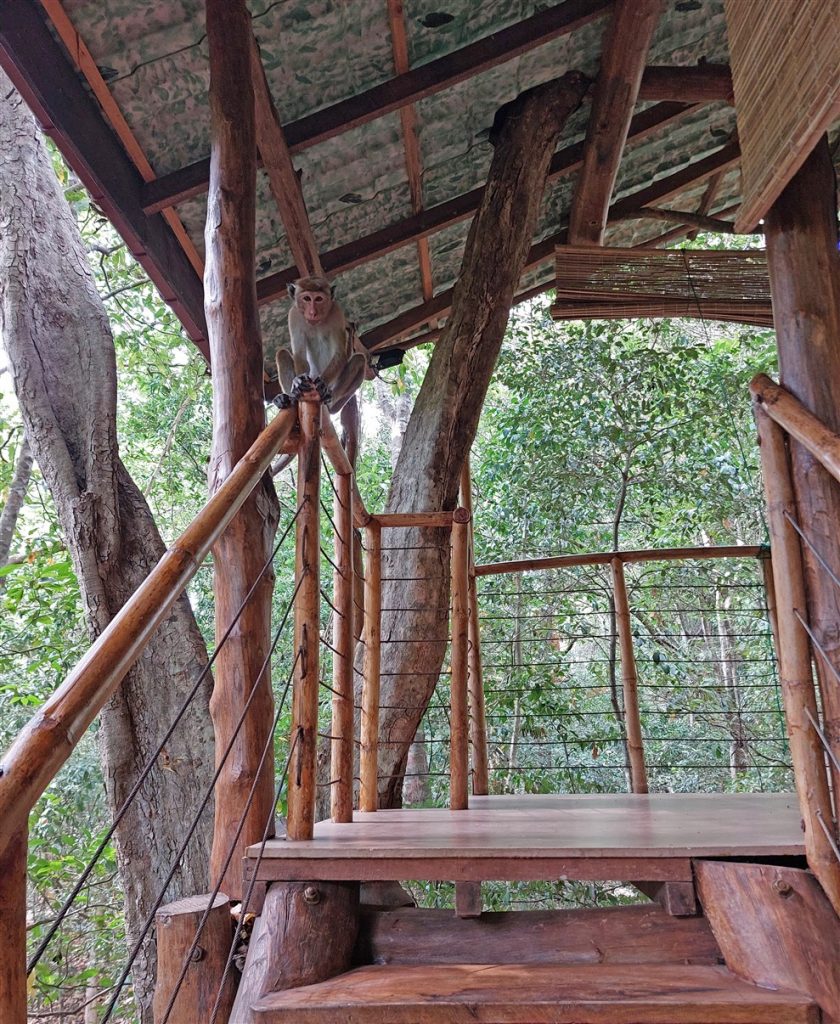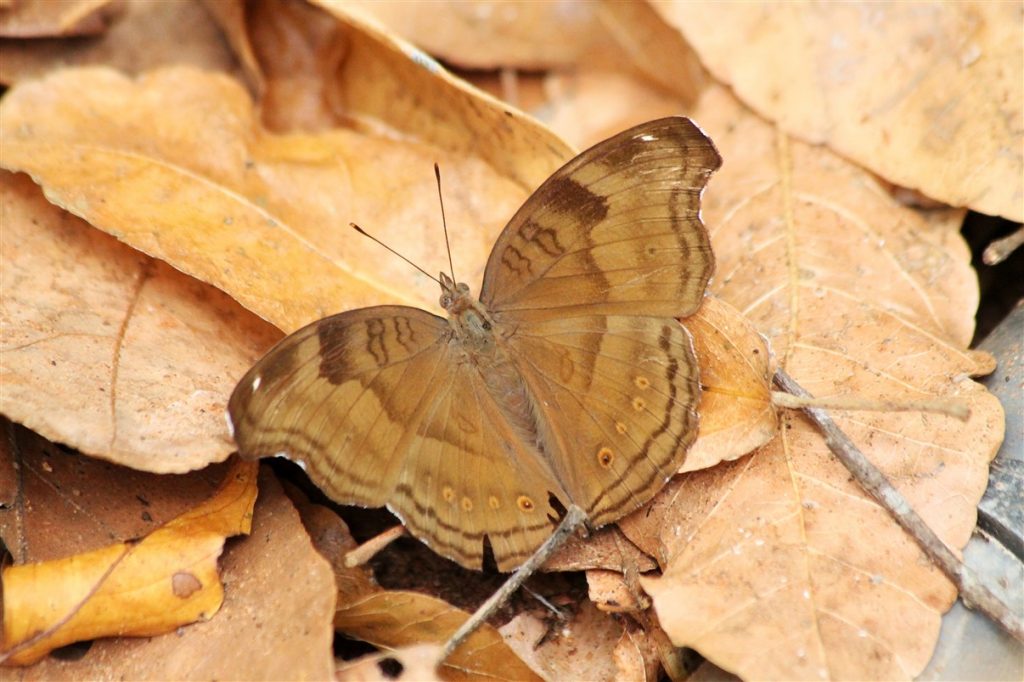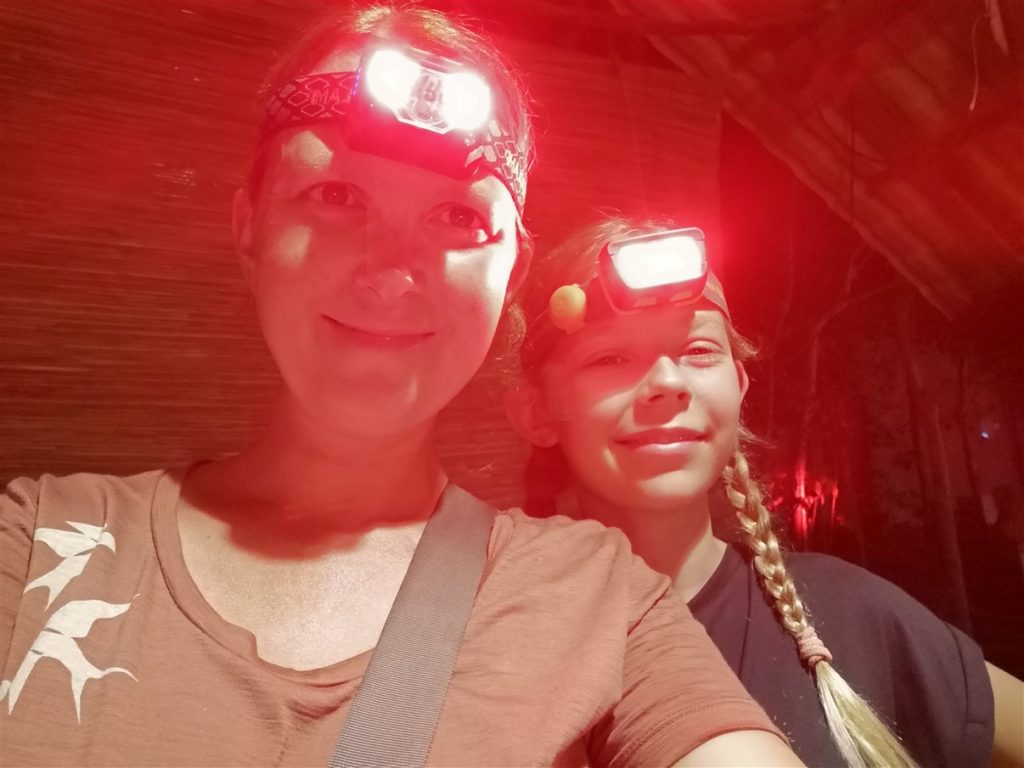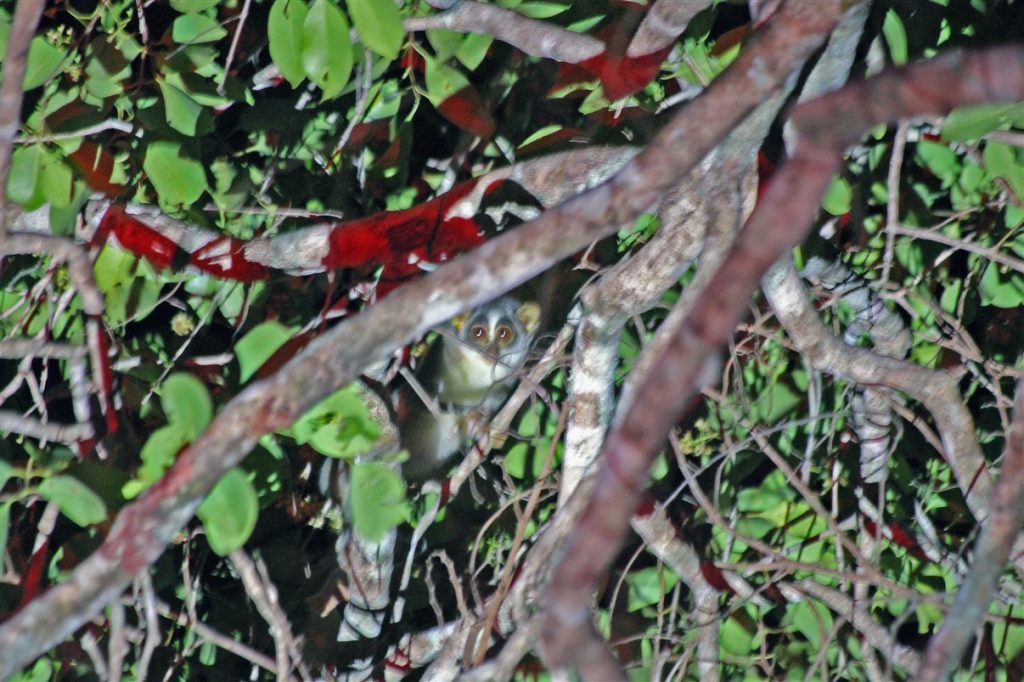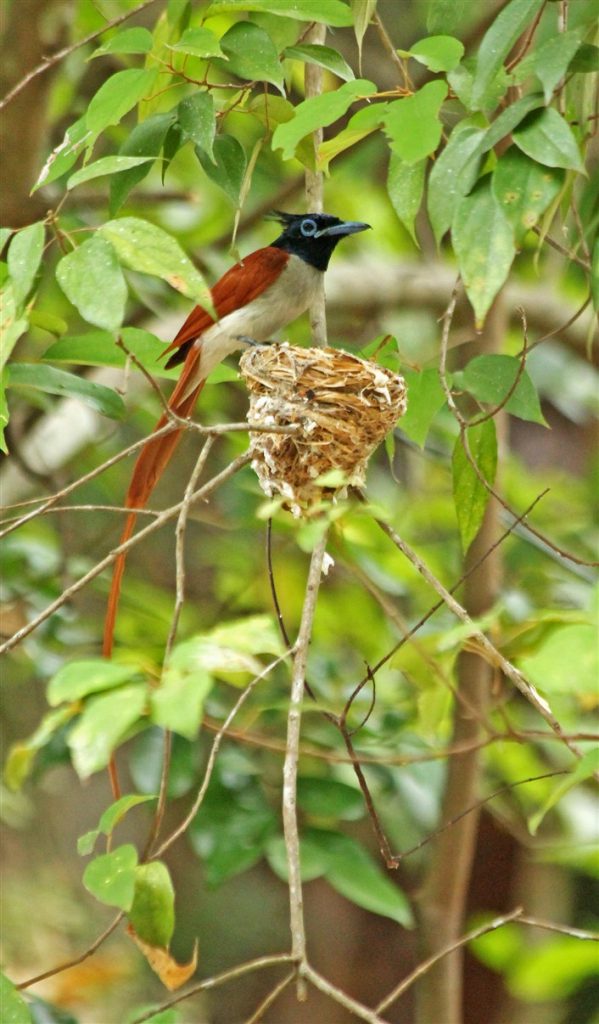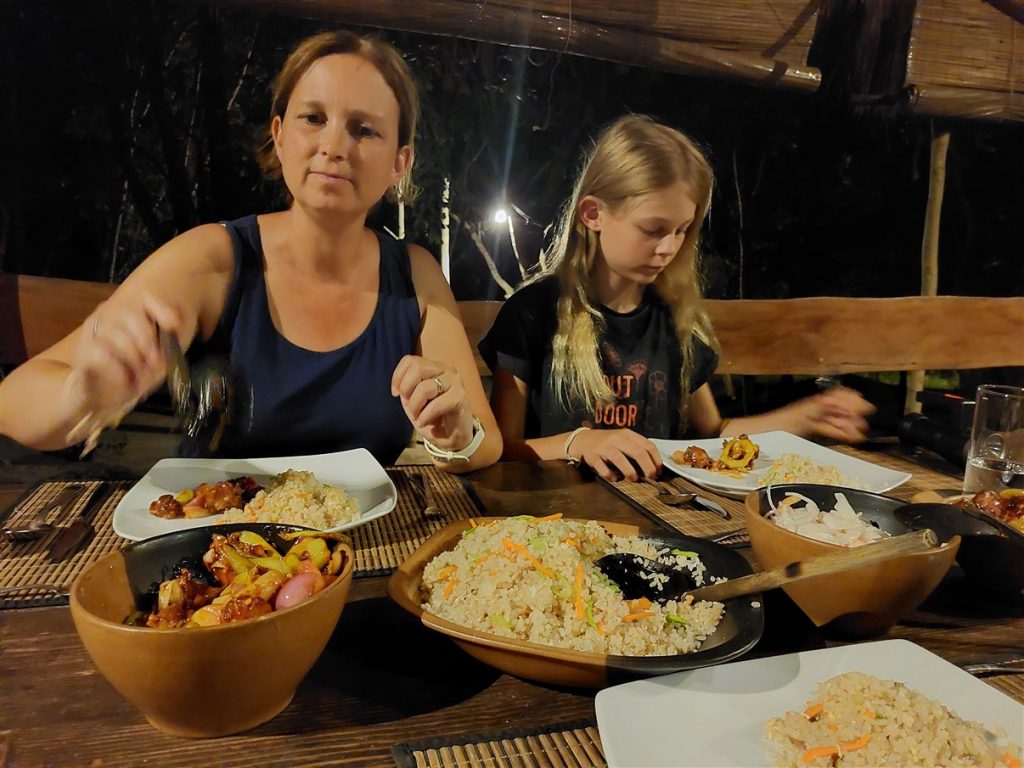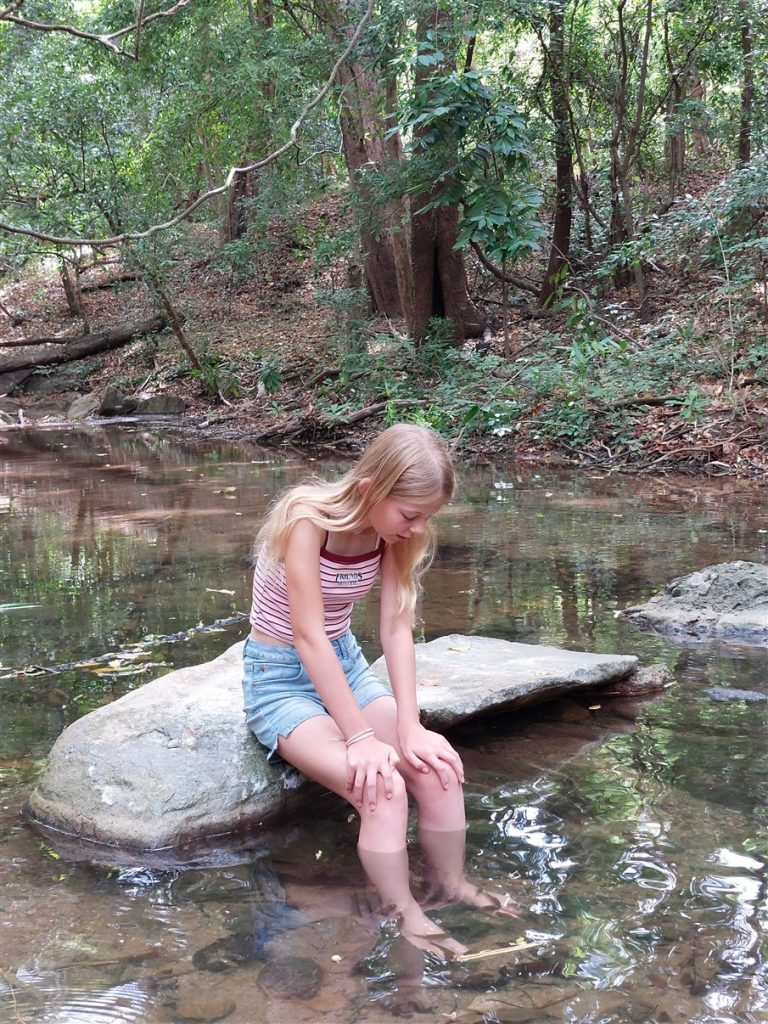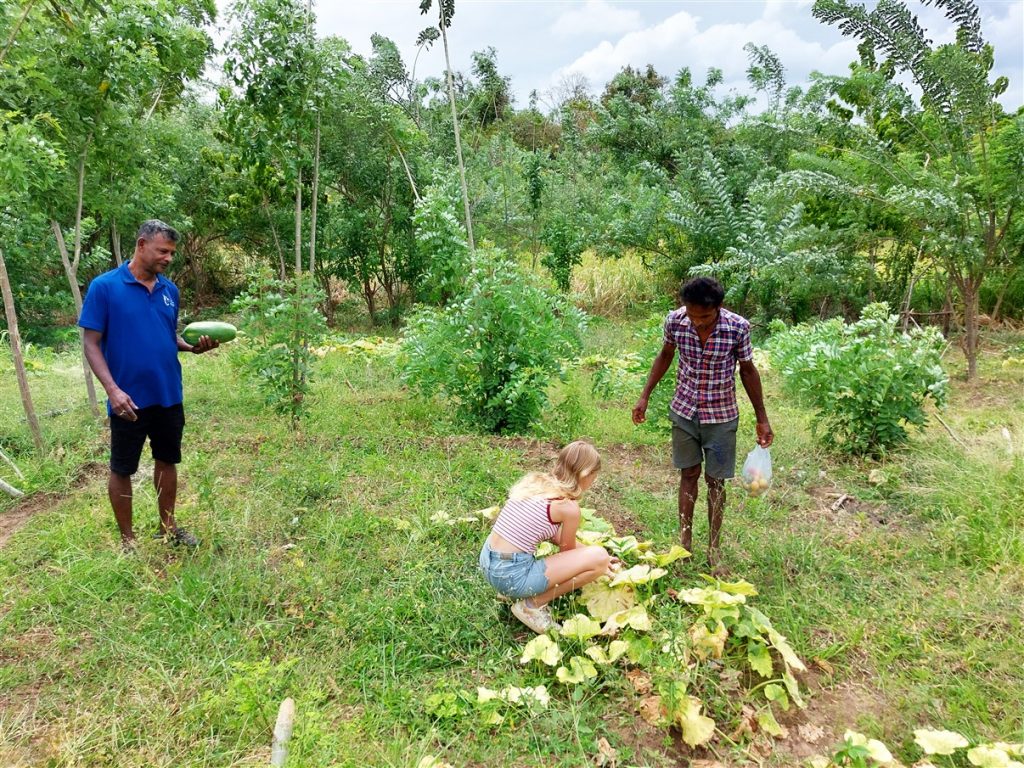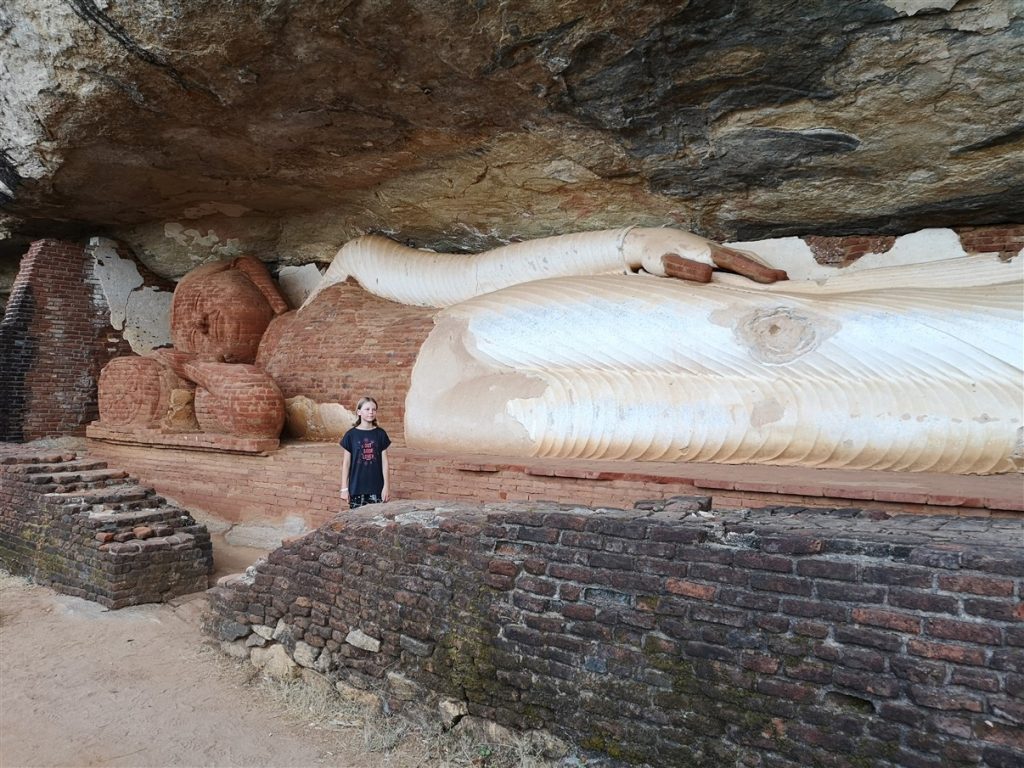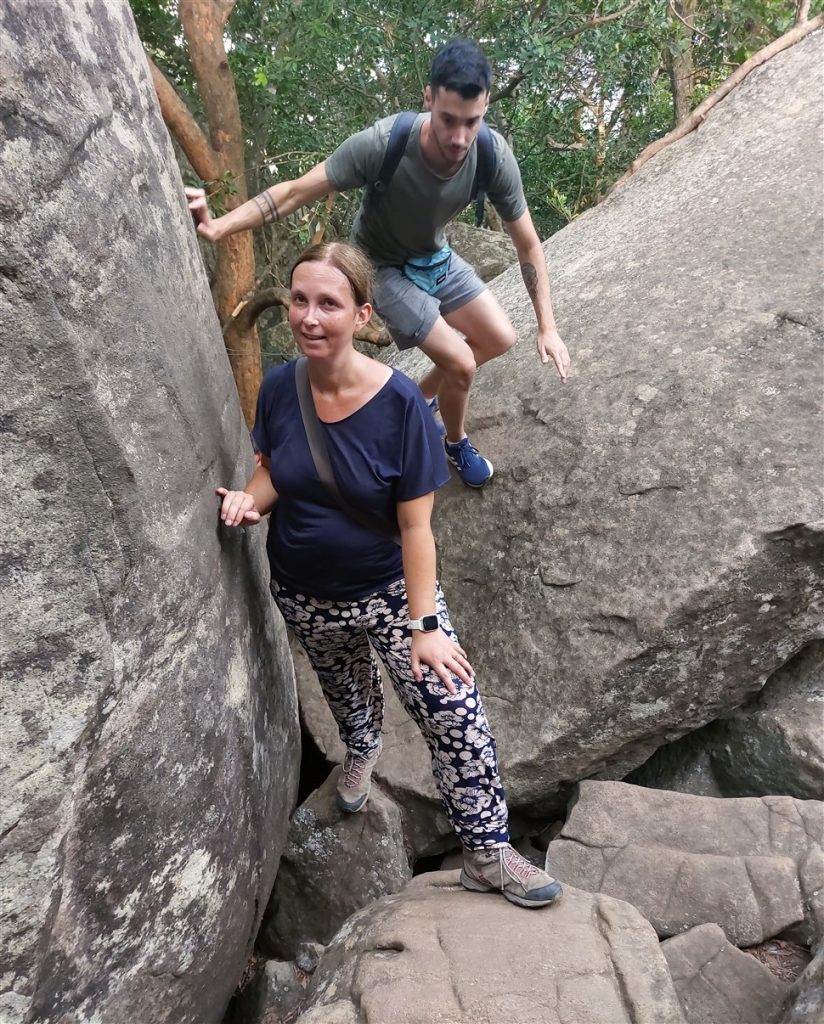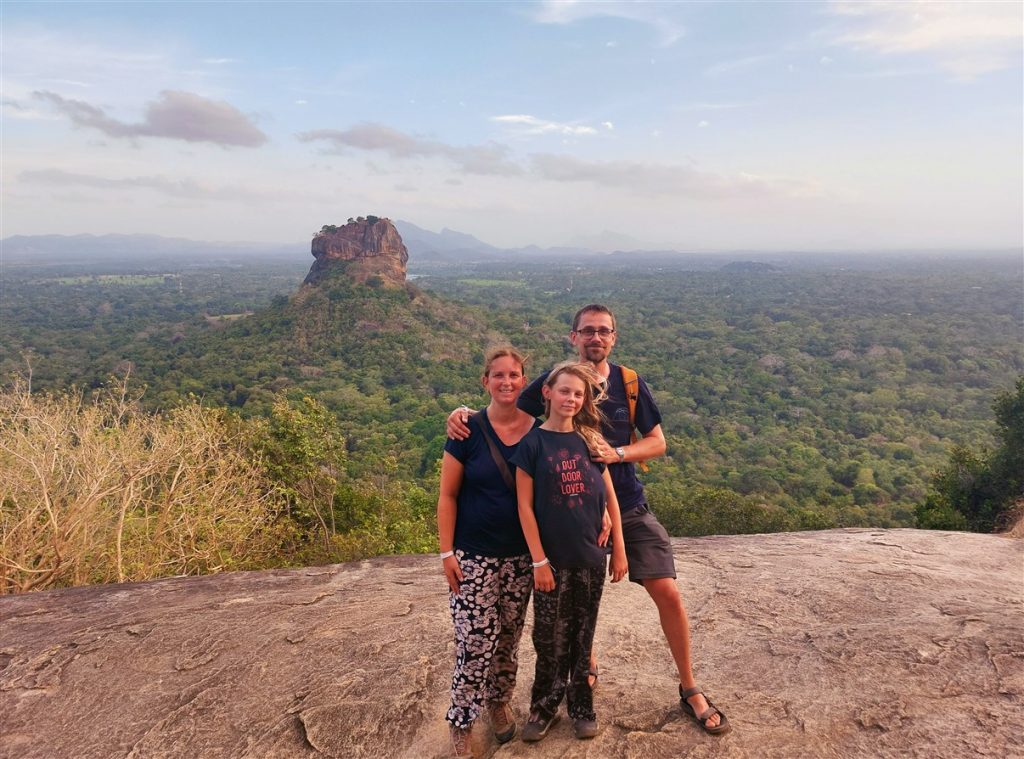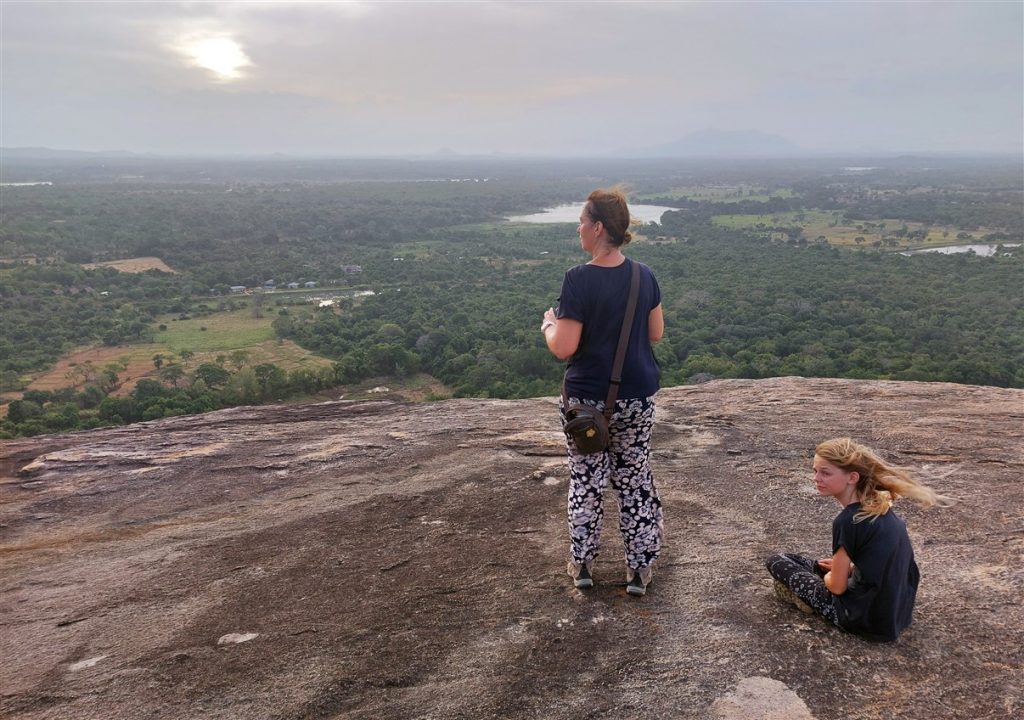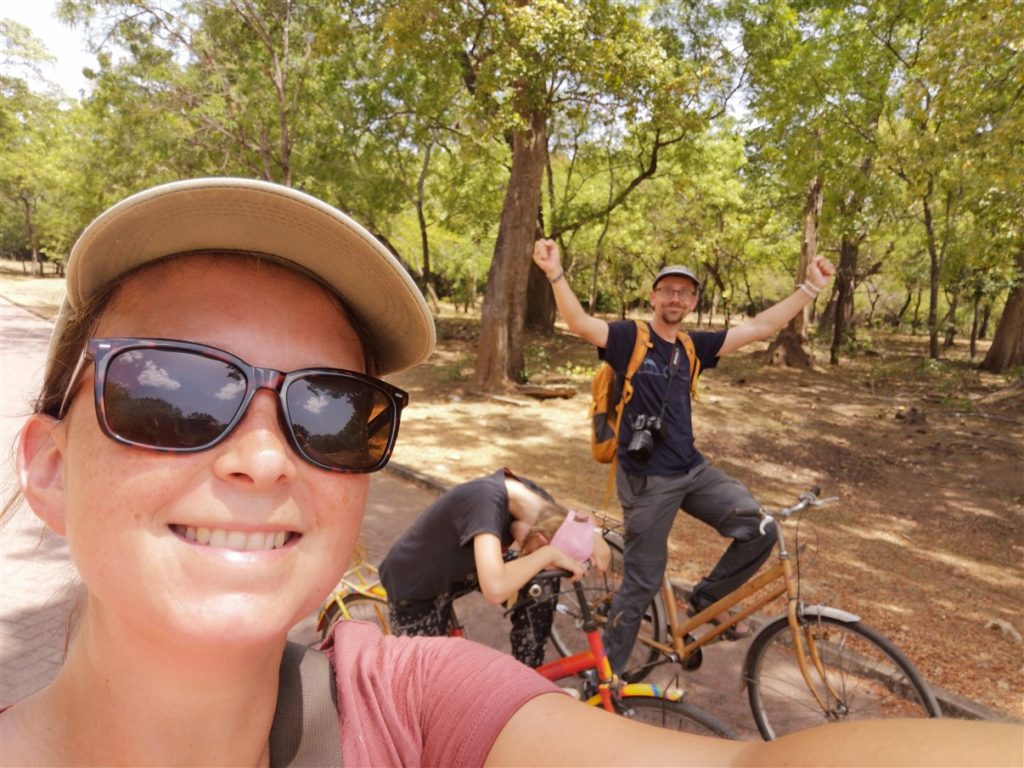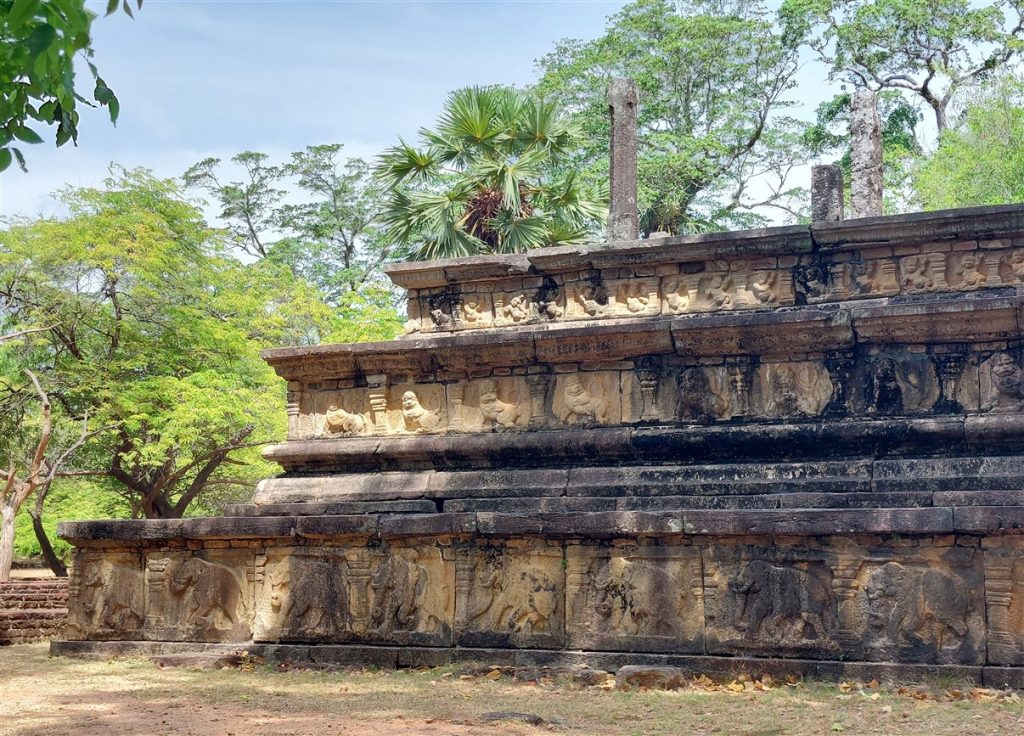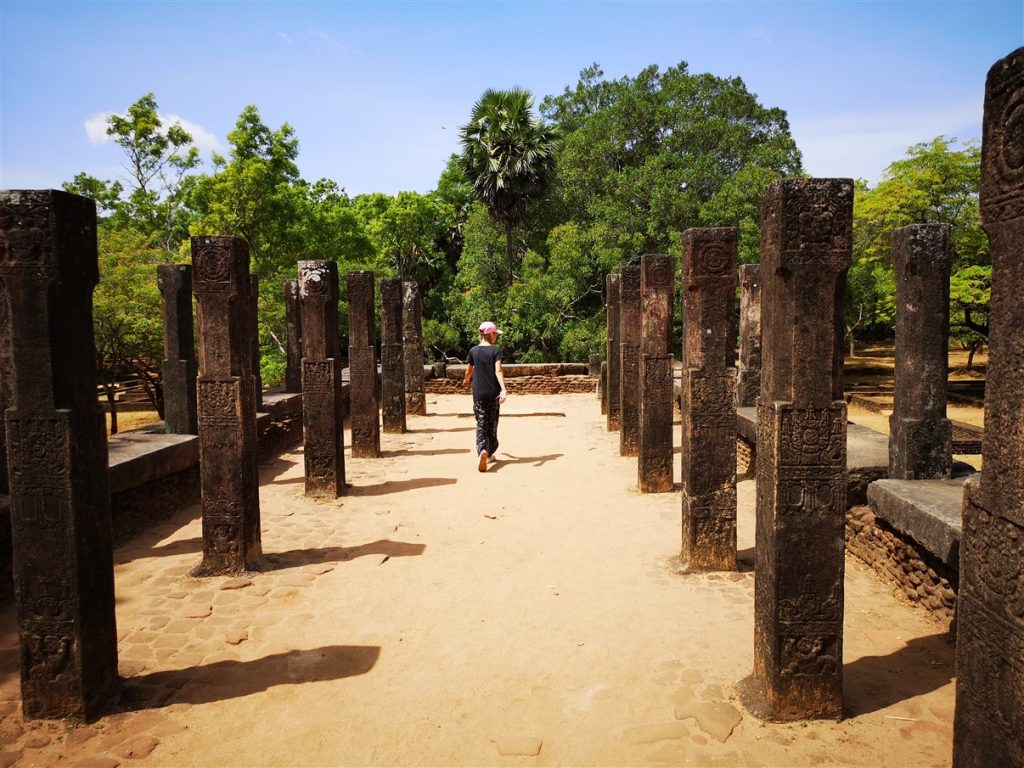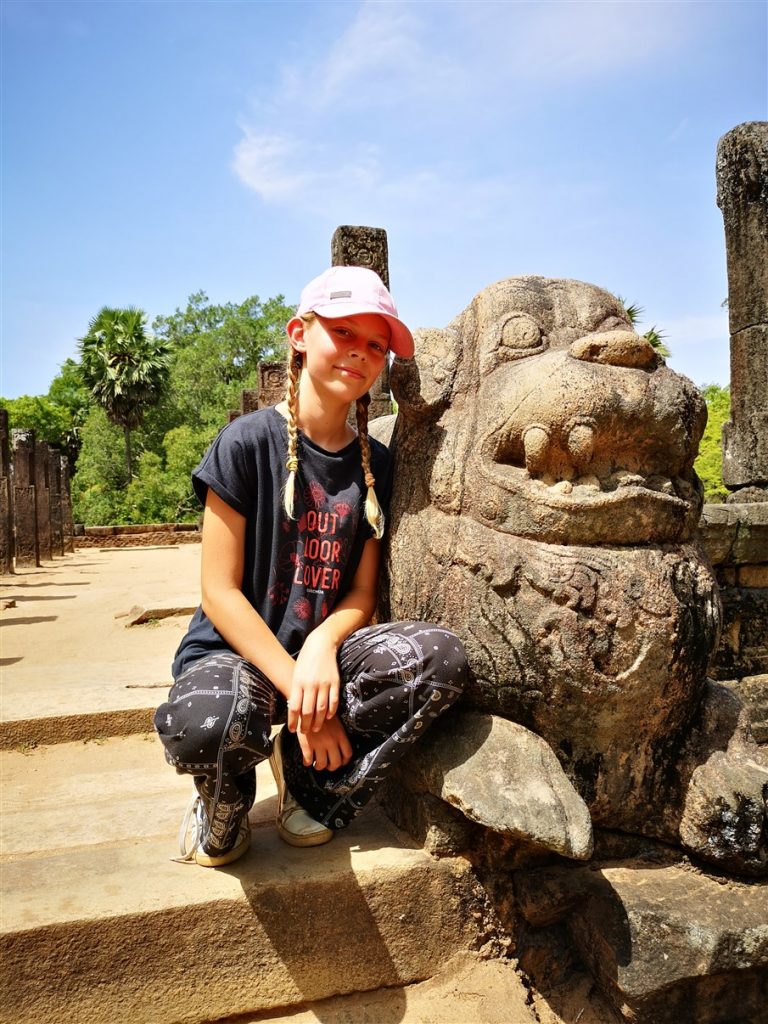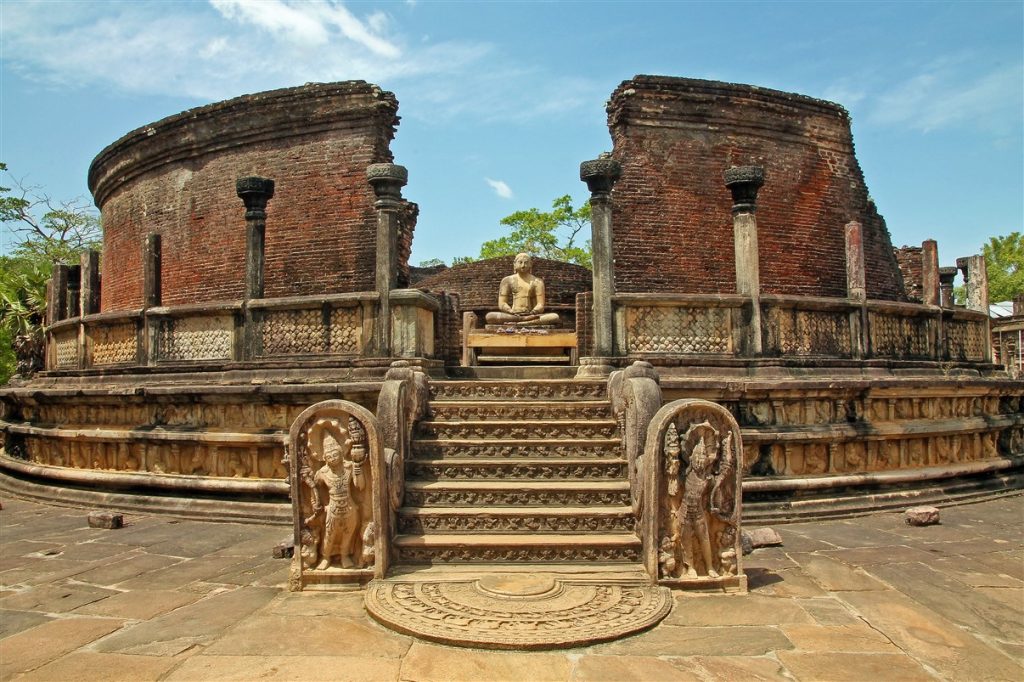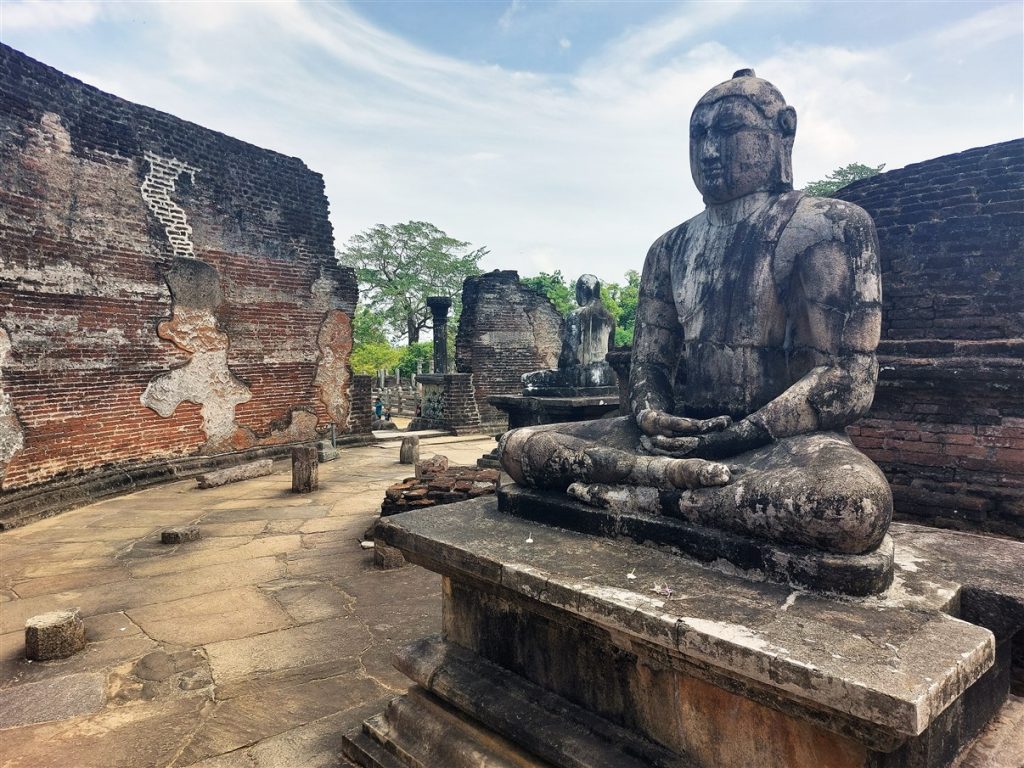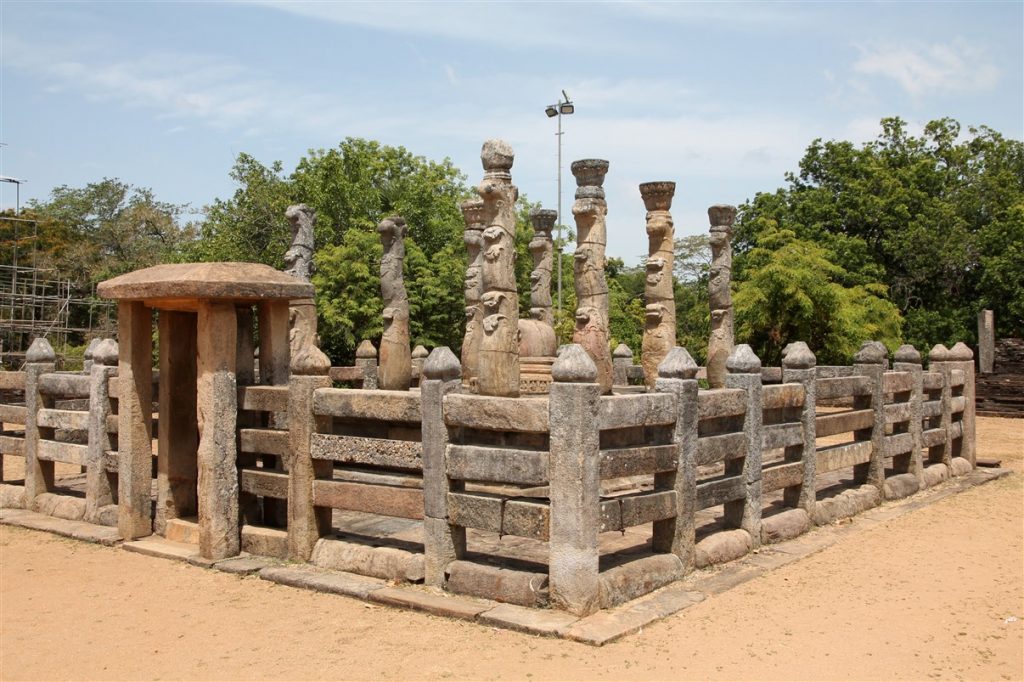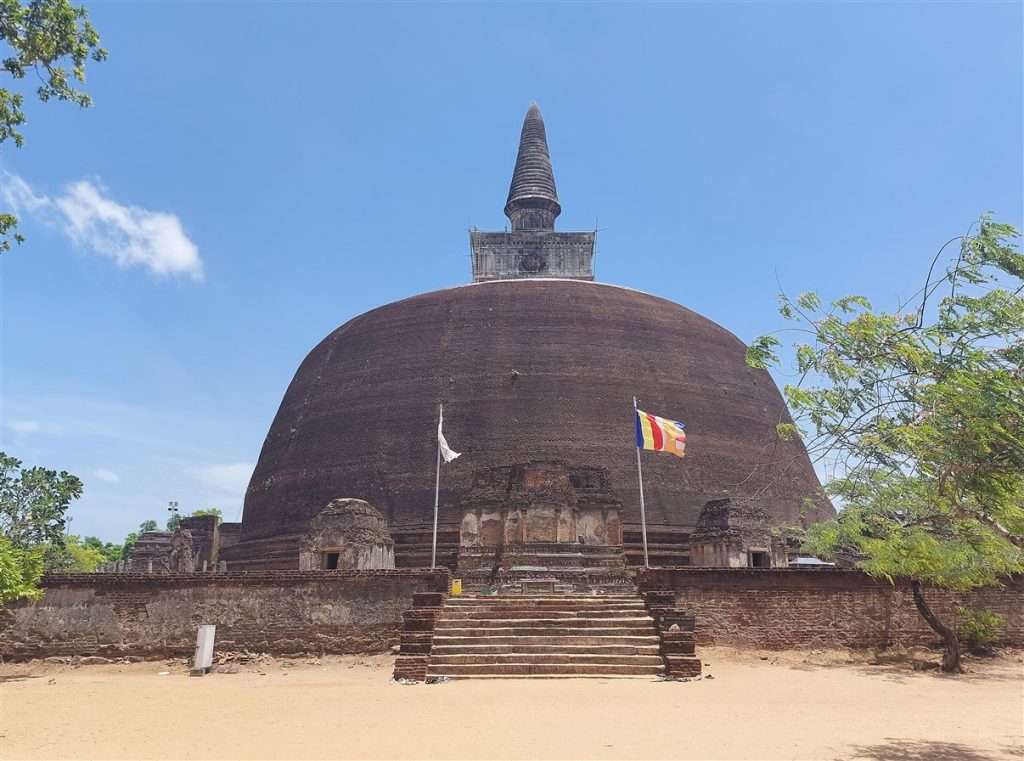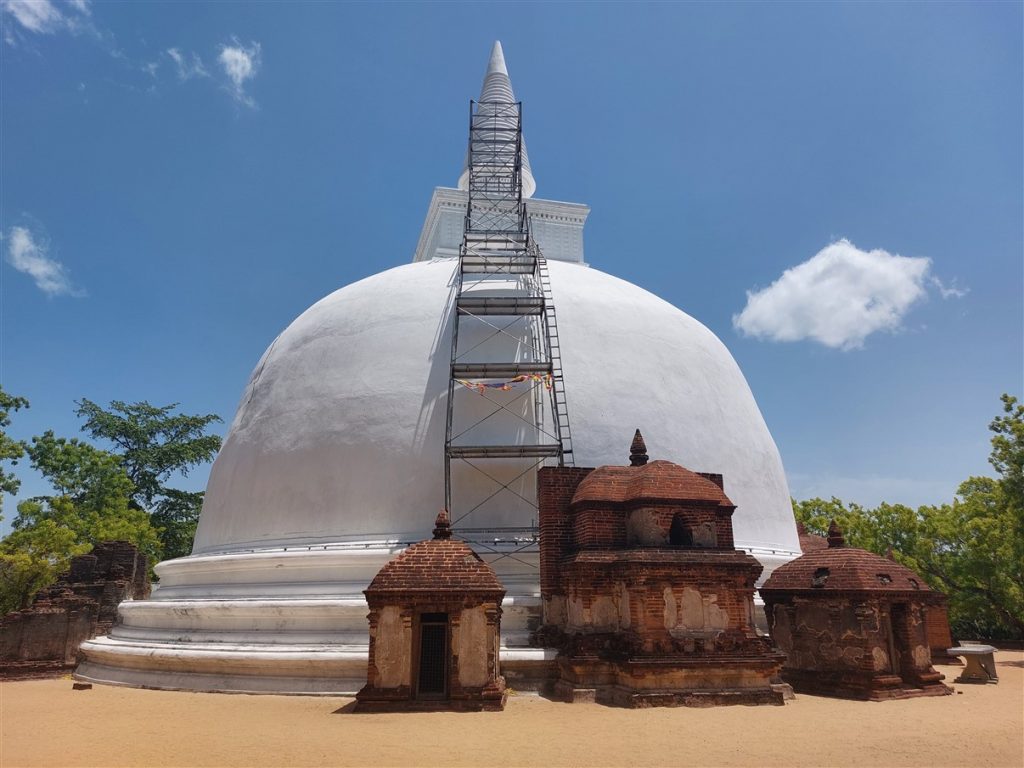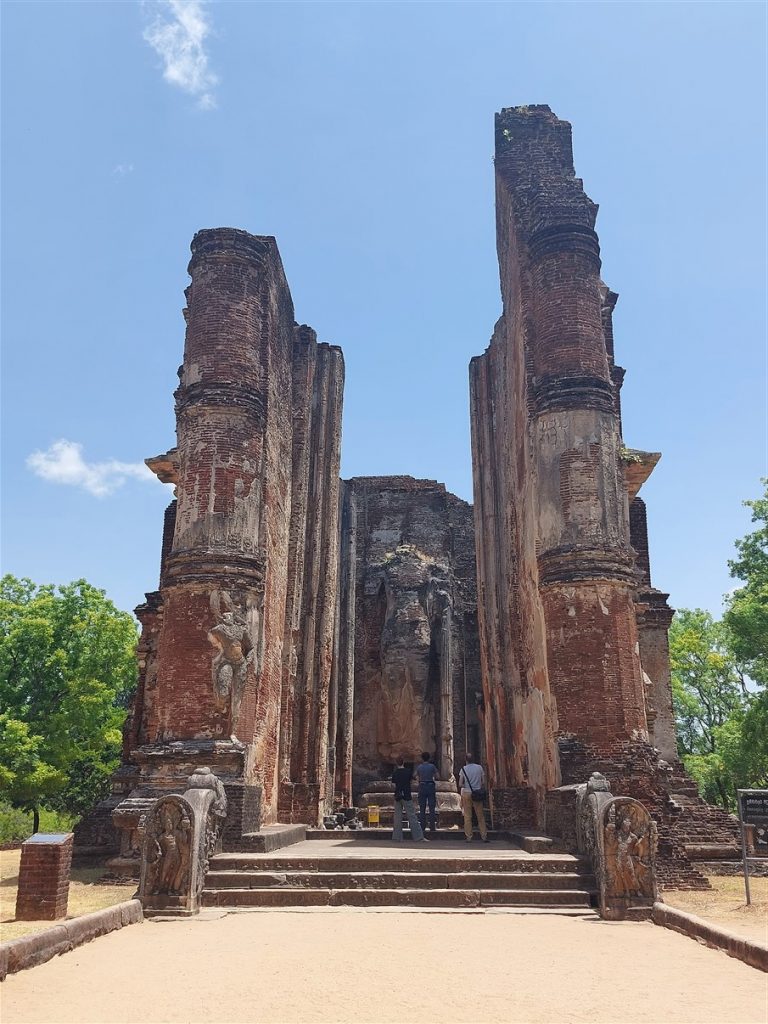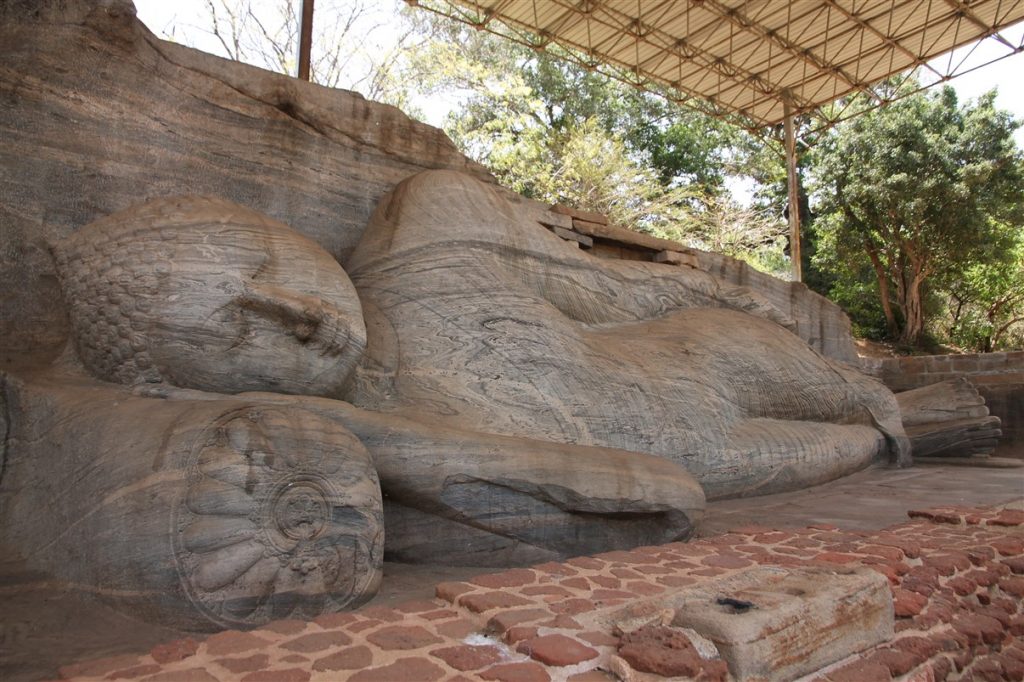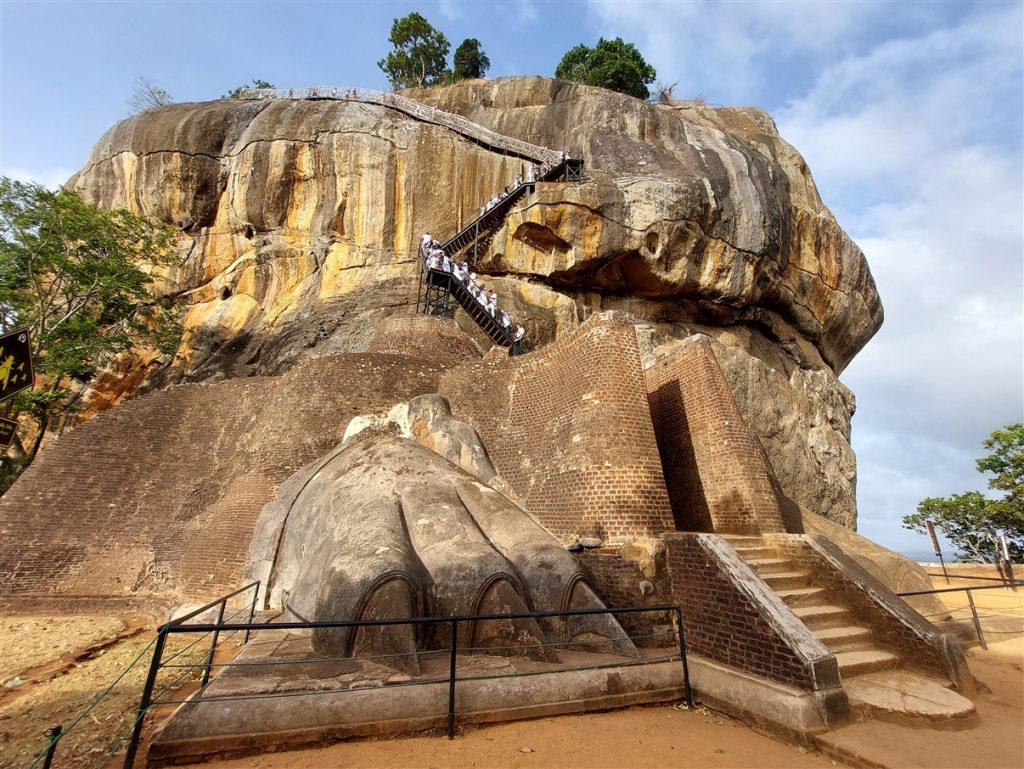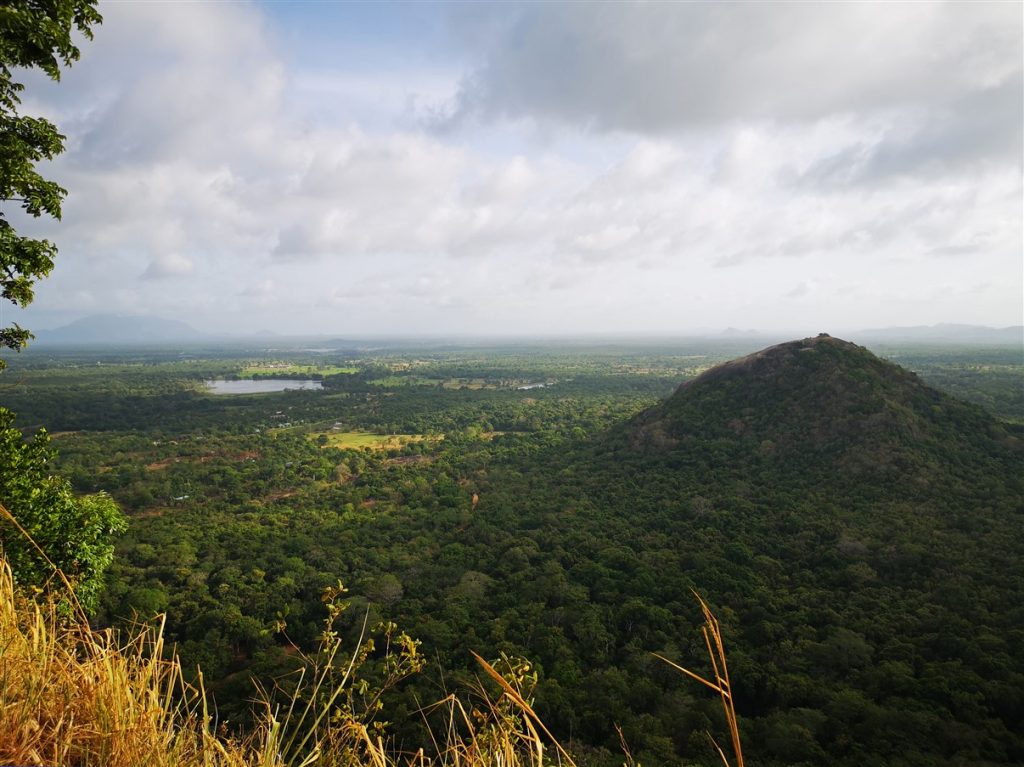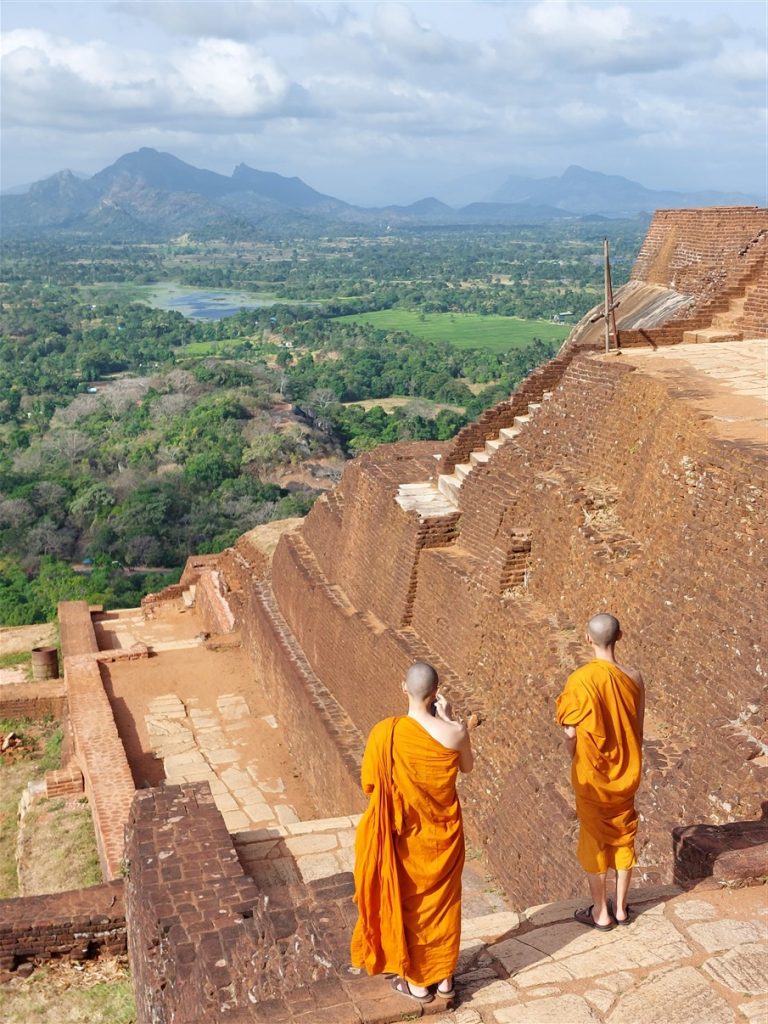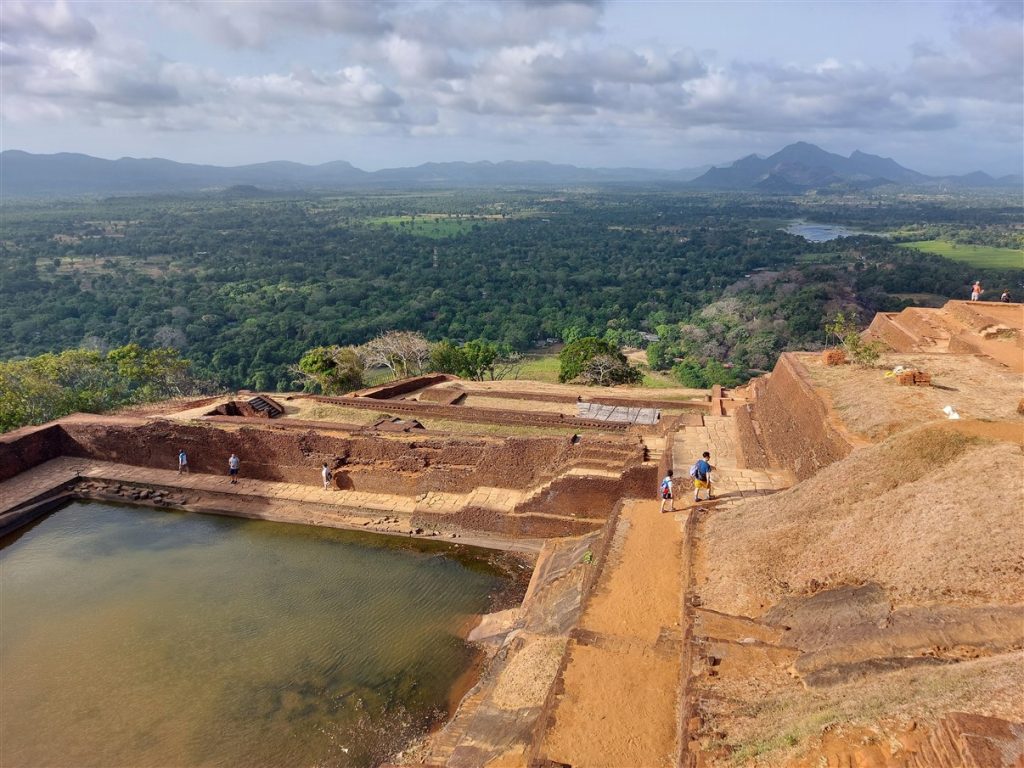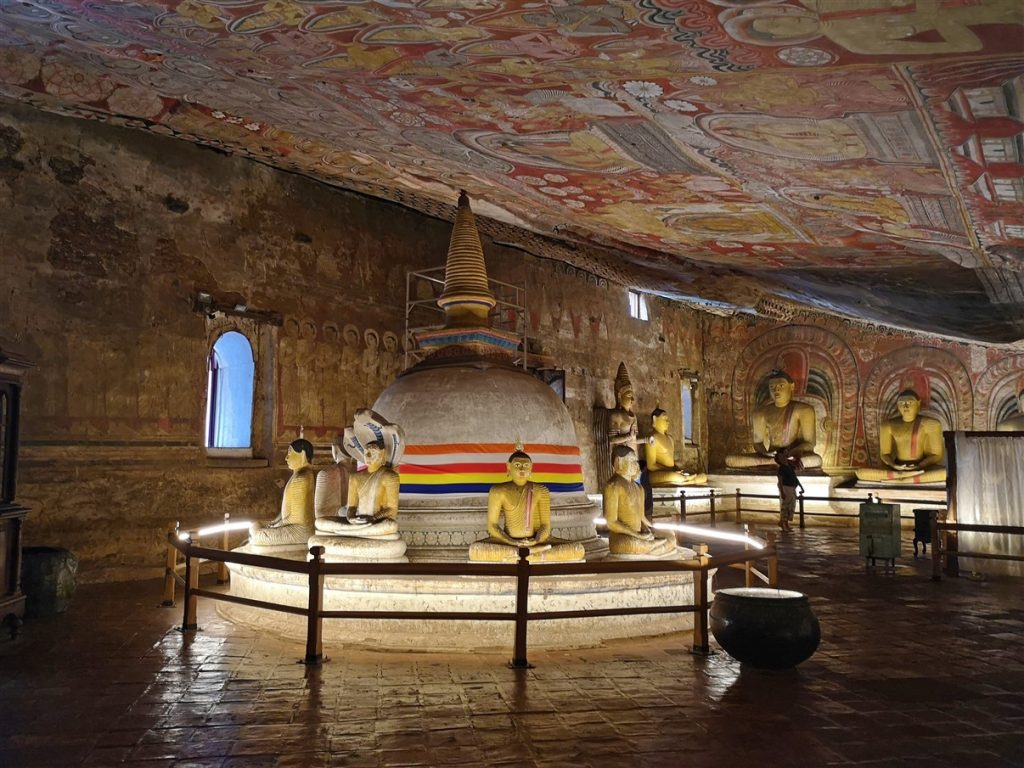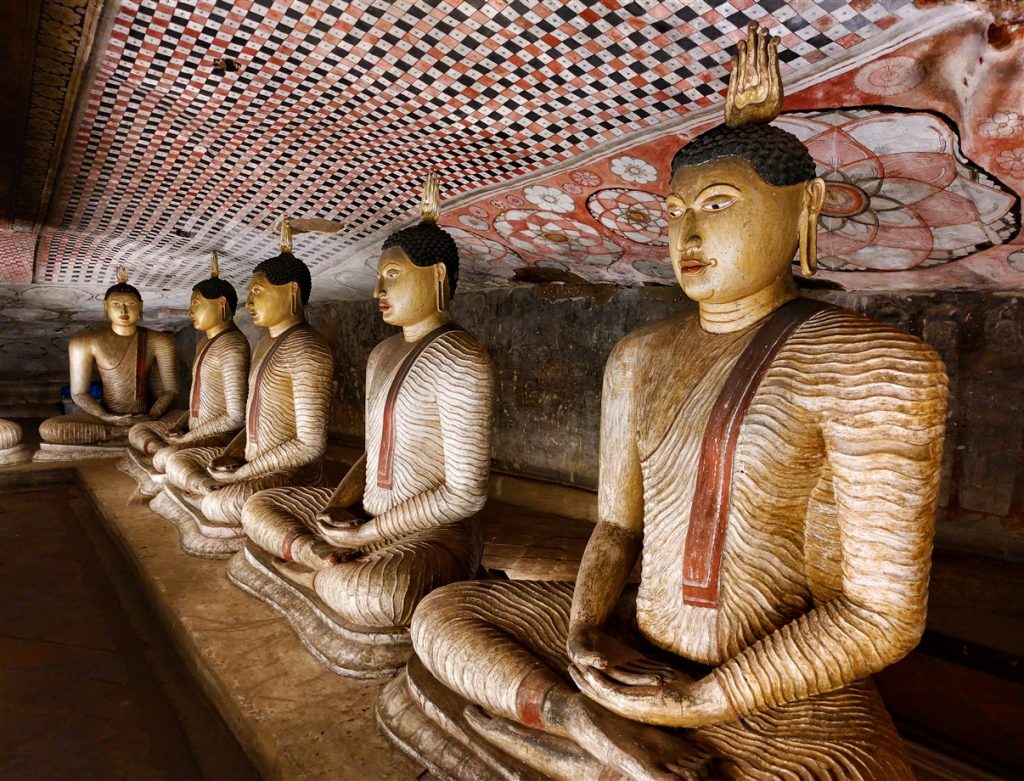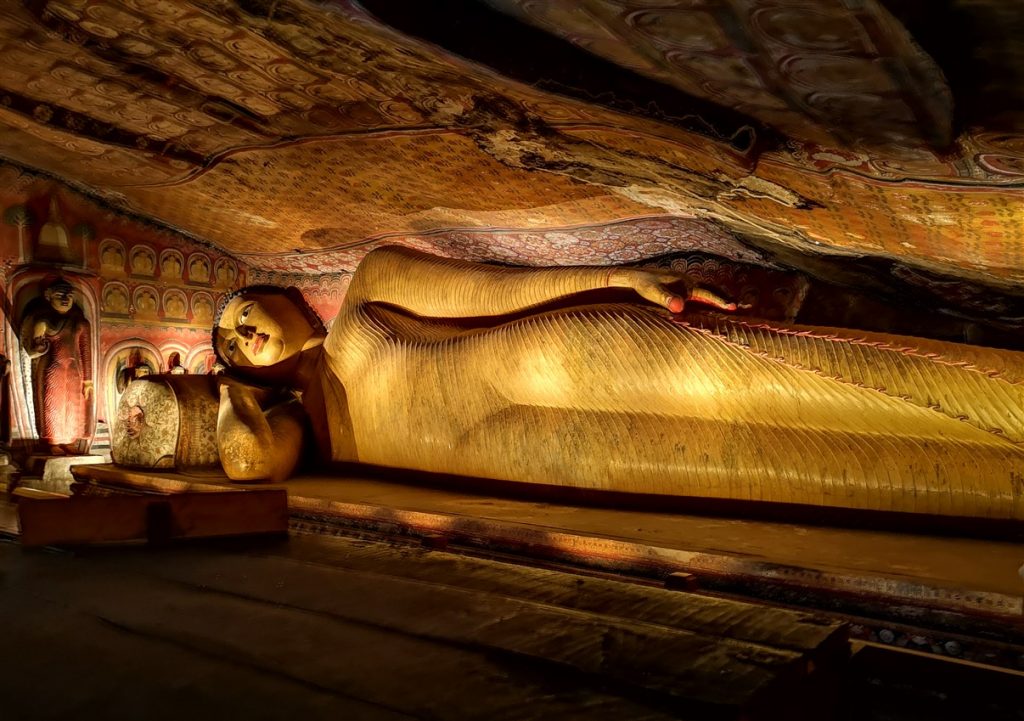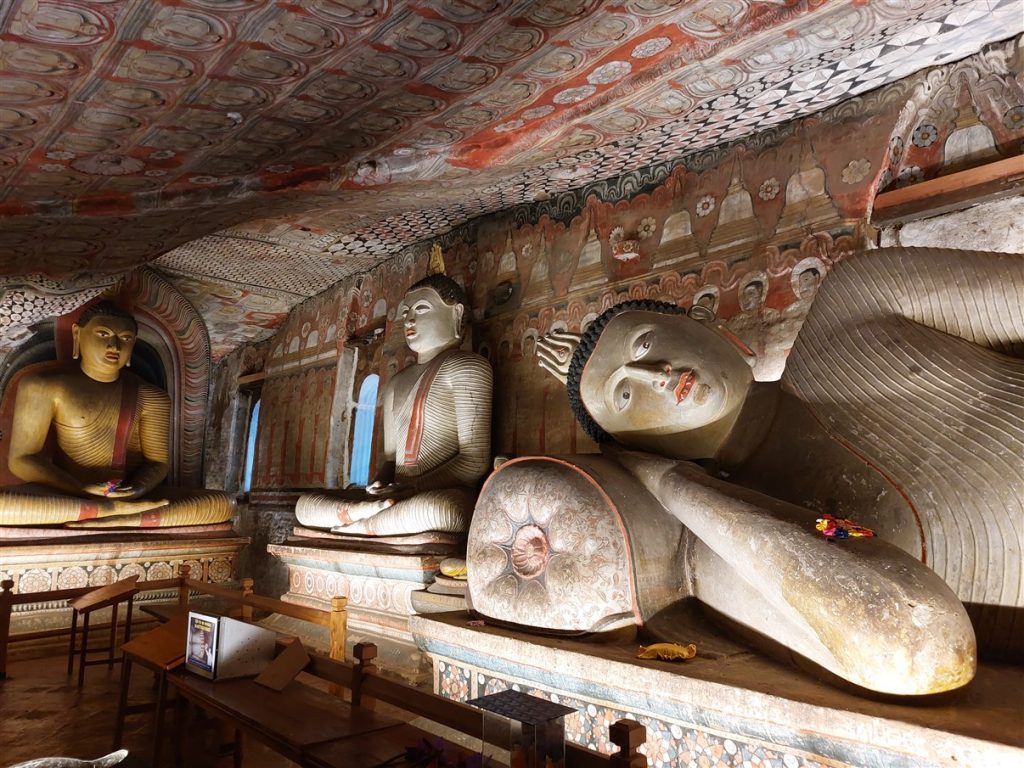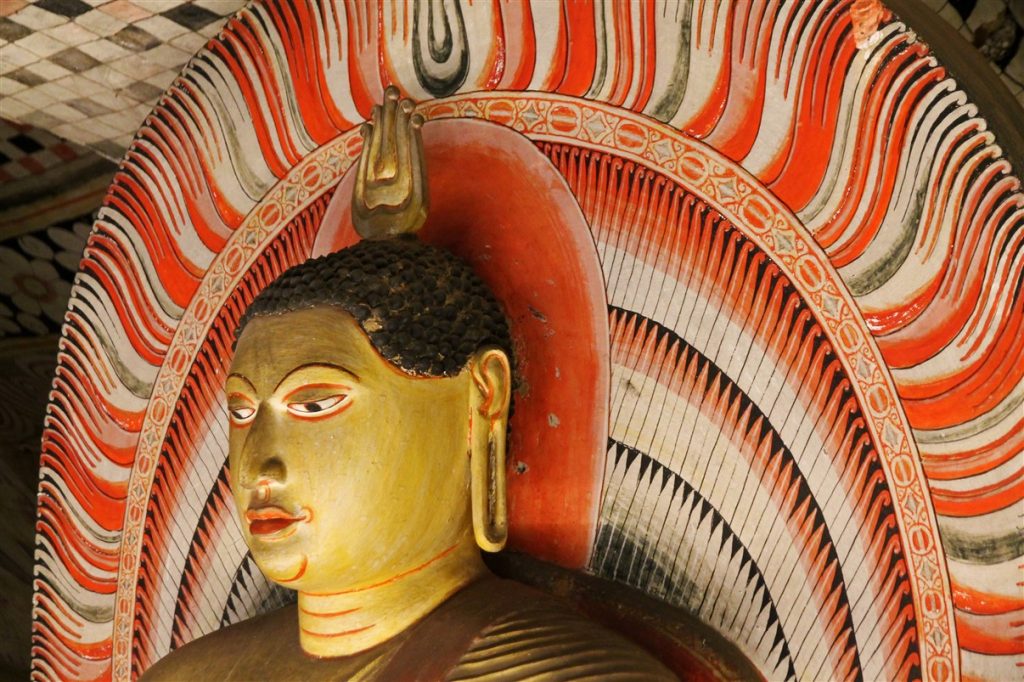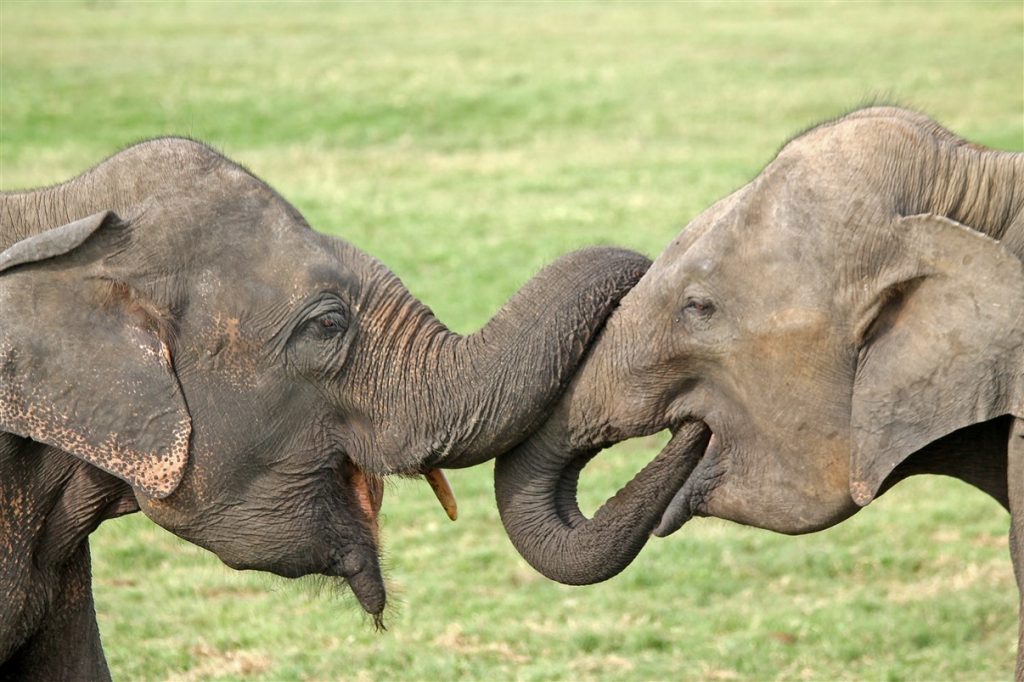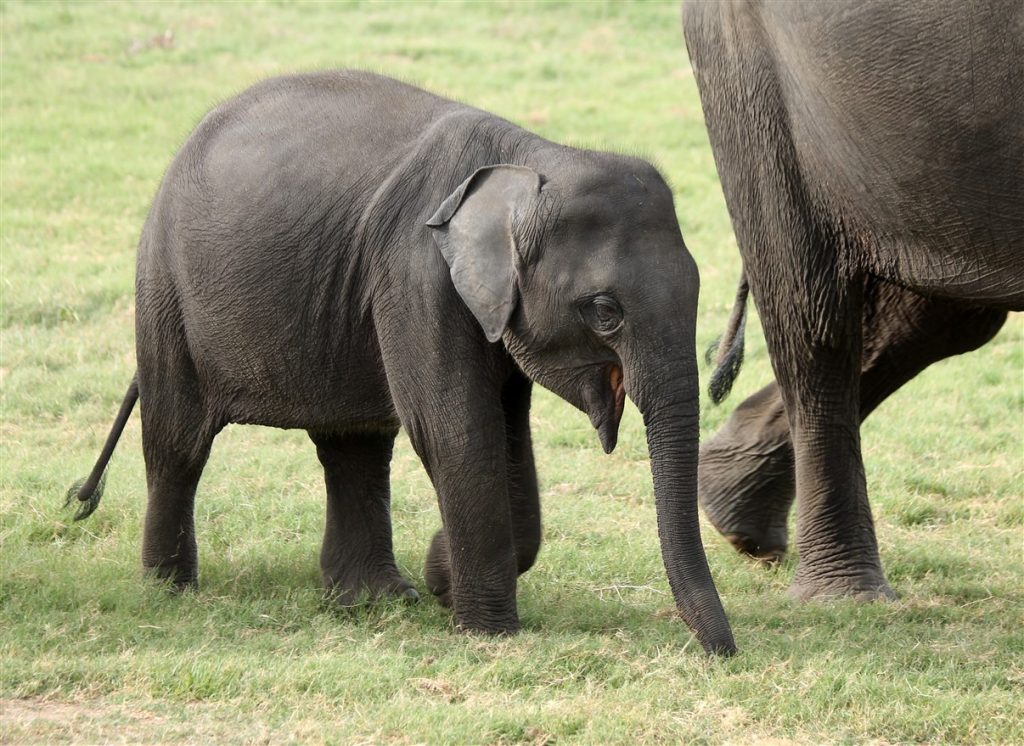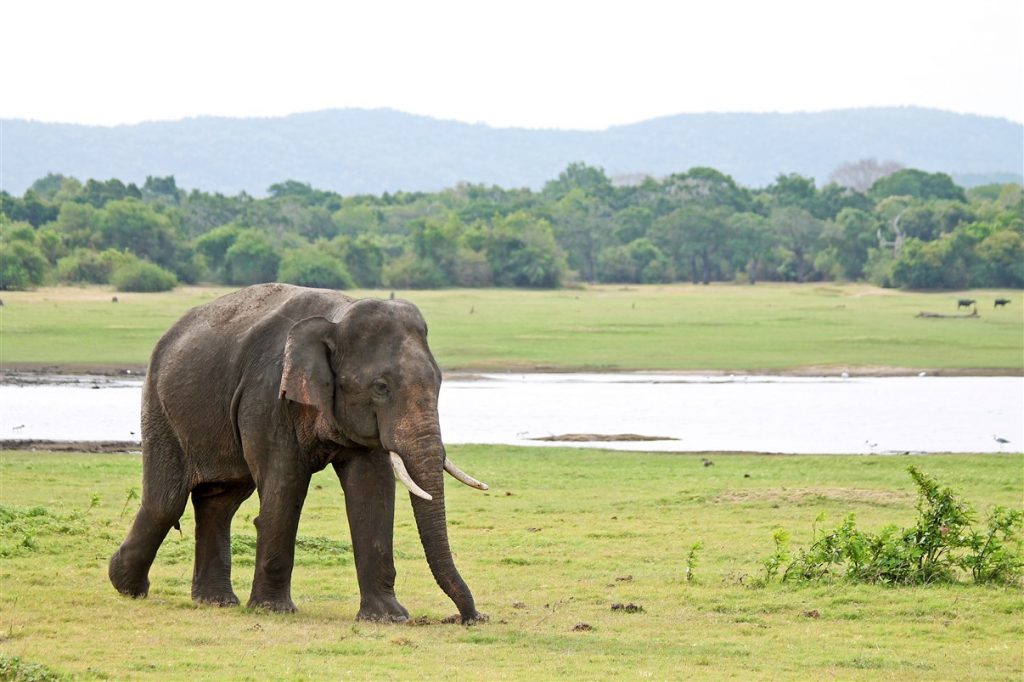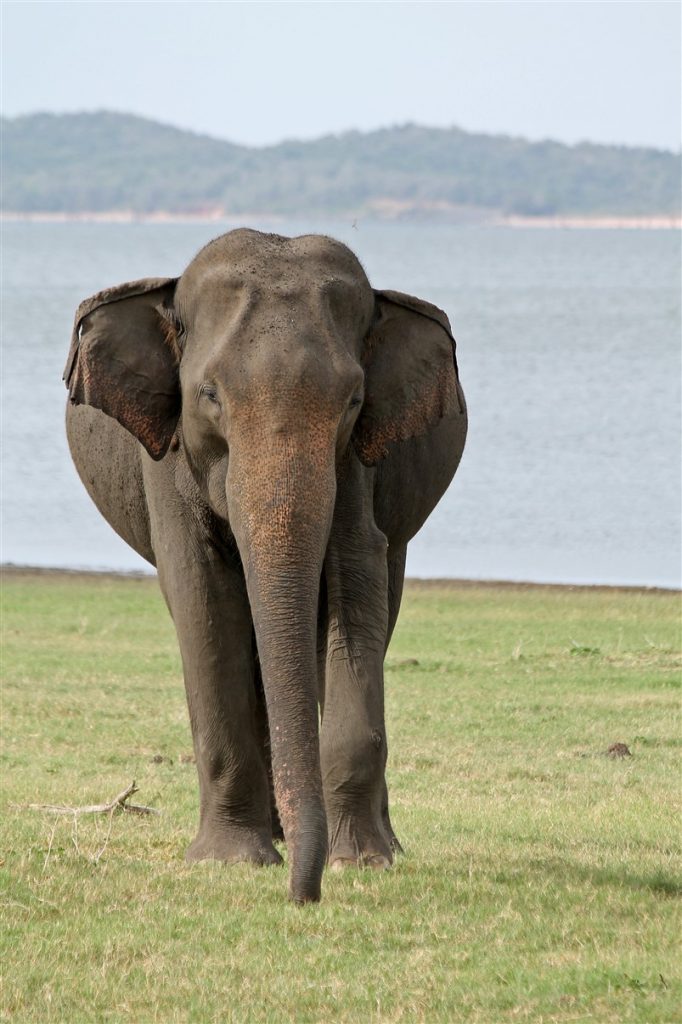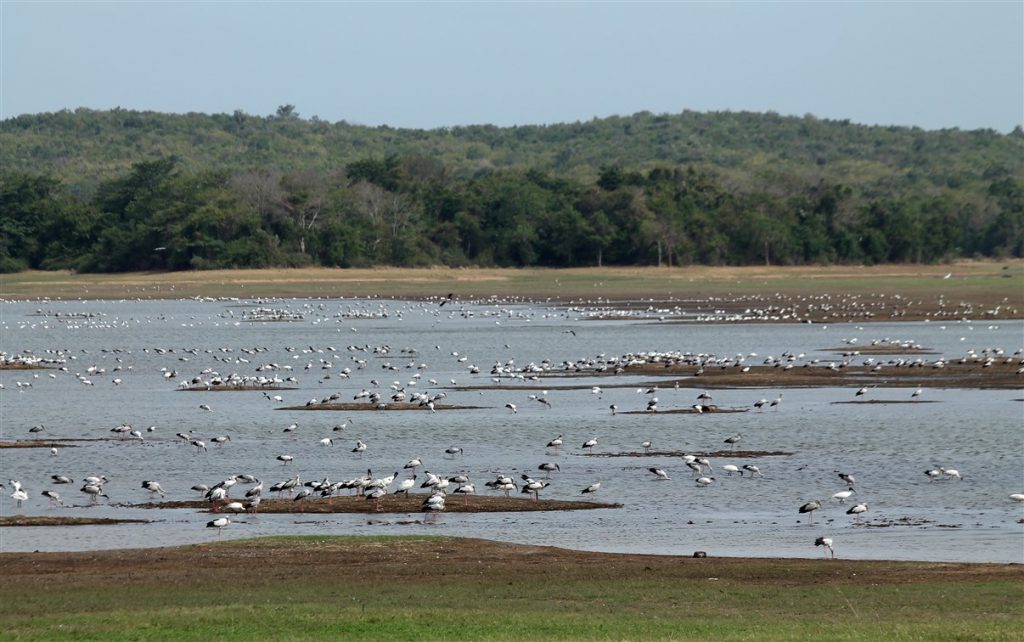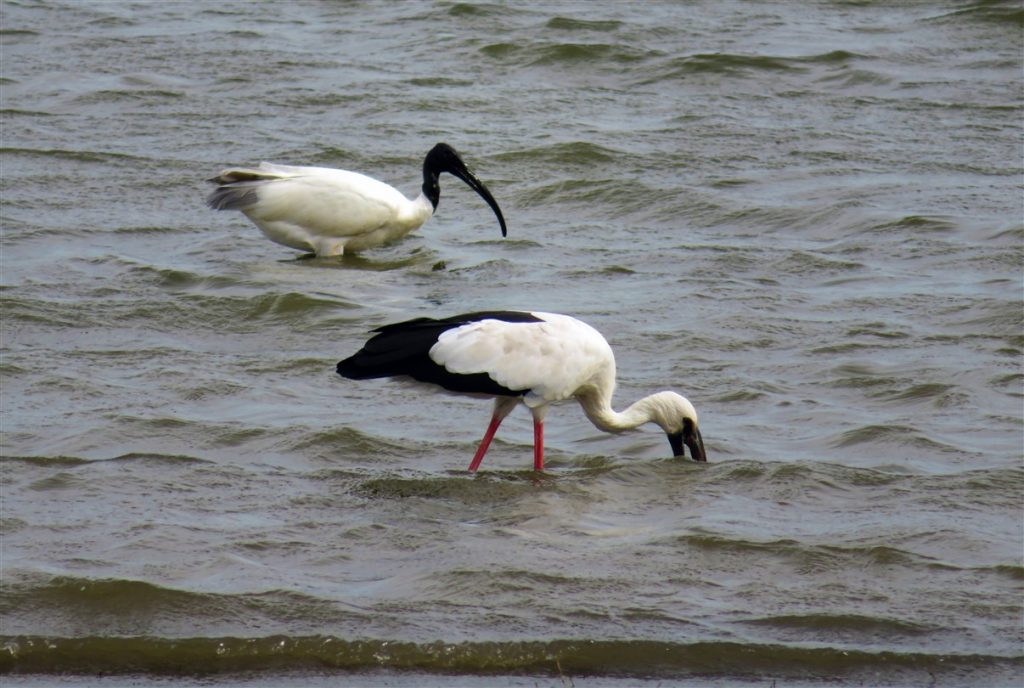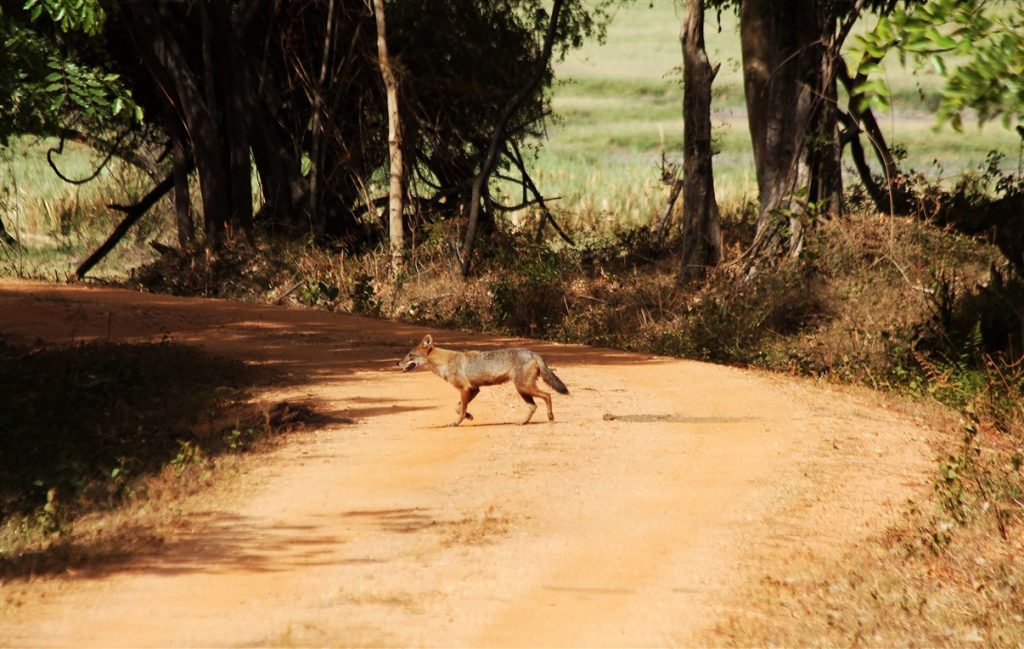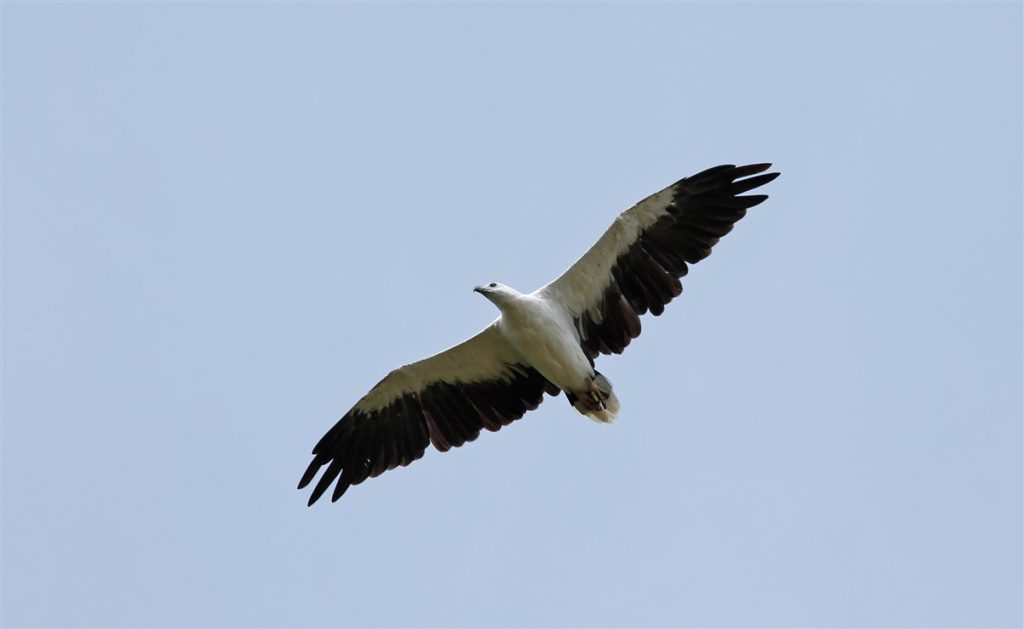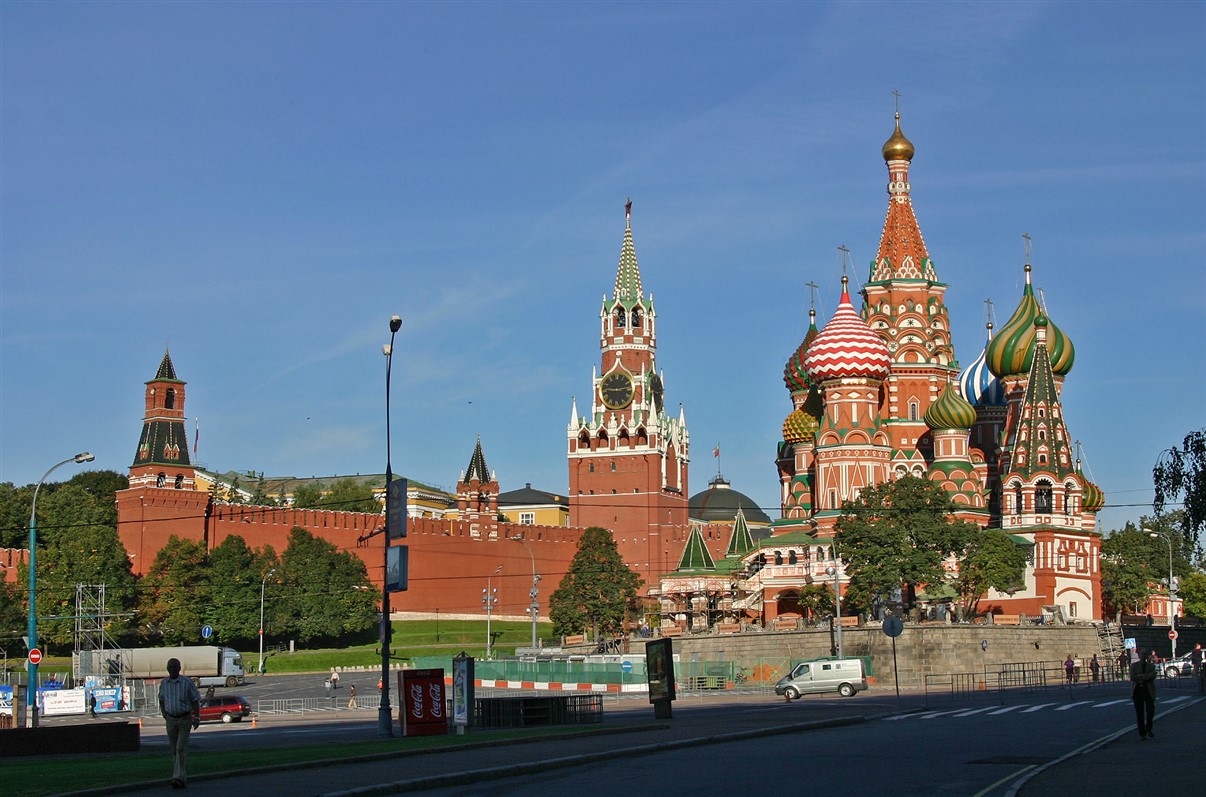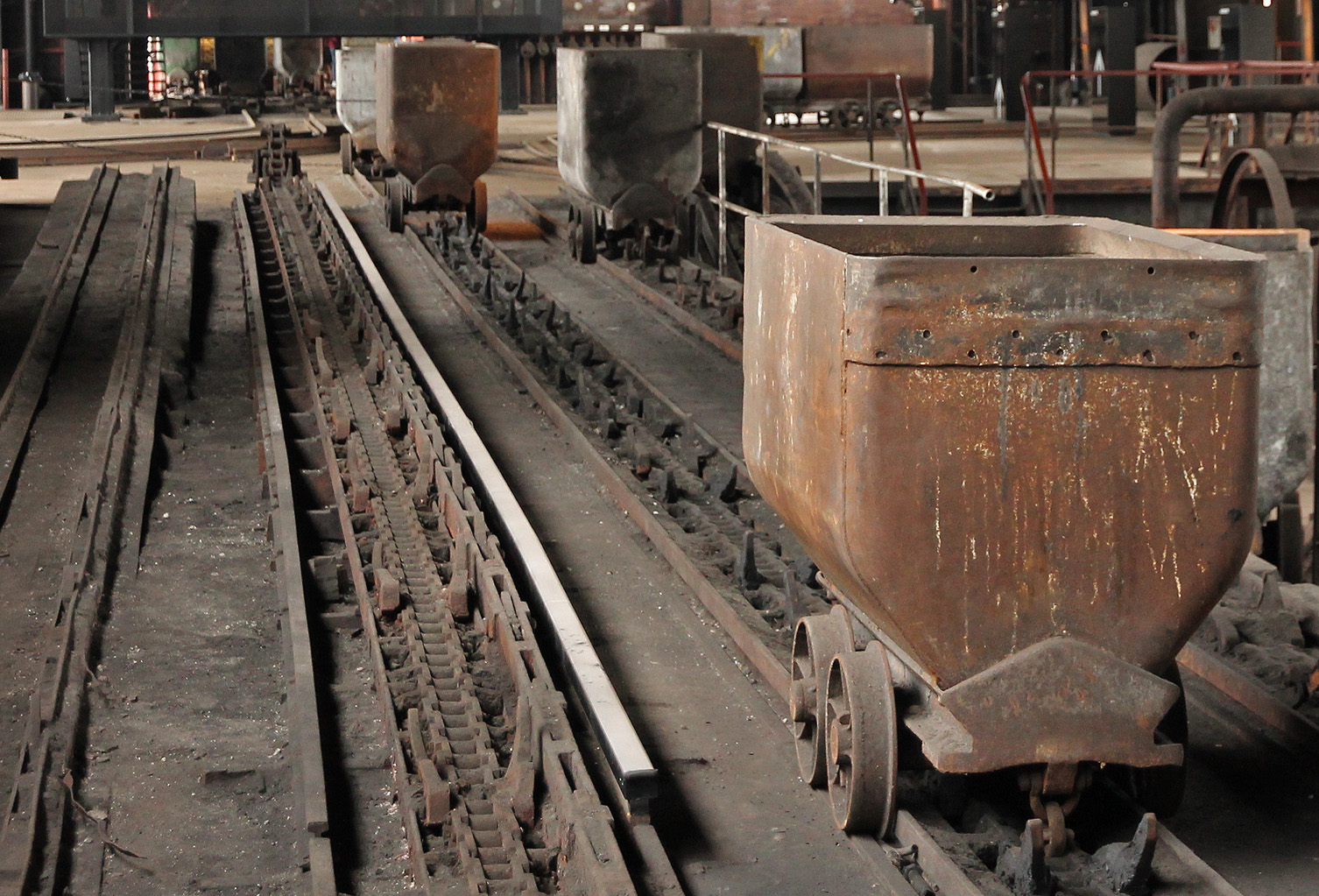It is fair to say that if there is any place in Sri Lanka where you just need to stay at least a few days, it’s Sigiriya. It is perfectly situated: very close to quite a few absolutely must-see highlights, both for wildlife enthousiasts, landscape lovers, people interested in ancient culture, adventure seekers and those who just need some time to unwind.
Our first impressions of Sri Lanka were so intense and astonishingly spectacular, that we realised it would be nearly impossible to top those experiences. In hindsight, Wilpattu and Anuradhapura turned out to be our personal top picks for nature and culture, respectively, but the great thing about Sri Lanka is that no two experiences are comparable: every point of interest is unique in its own particular way and they all seem to excel in something, either being the highest, the oldest, the most beautiful… Let us take you through the collection of record-breaking sites that is the area around Sigiriya!
The most unique (accommodation)
The very first accommodation we booked was the one in Sigiriya, simply because we didn’t want to miss out on such a unique experience. Back of Beyond offers top-notch tree houses in a forest environment. We stayed two nights in Back of Beyond – Jungle Hideaway, Pidurangala and two nights in Back of Beyond – Wild Haven Dehigaha Ela. The concept is simple: you sleep in open air. We loved it, though I think it’s fair to say that this type of accommodation will not be for everyone. It’s essential that you store away your belongings to protect them from grabby monkeys, who will come in your sleeping quarters to search for food while you are away. The monkeys will play with everything they find, so you can’t have anything lying around when you’re not in the room. We had a visit of a group of 7 monkeys while we were out on an excursion. When we came back to the hotel grounds, Febe wanted to get her headphones to listen to some music; she caught them red-handed and they fled to the wooden beams of the stairs and ceiling, and into the trees.
If you can bear an occasional visit of those intrepid intruders, you will realise that staying in a tree house is exciting, cosy and mentally relaxing. If you really want to experience sleeping in nature, than this is just the thing for you. We really enjoyed it!
Wild Haven Dehigaha Ela takes the “away from everything”-concept even one step further. The road to this tiny getaway is so rough that only a 4×4 can reach it, at a slow pace. Wild Haven consists of two tree houses and a little restaurant, all located around a central pond. Behind the restaurant, there is a small river with lots of tiny fish, eager to clean your feet from dead skin. There is no wifi and no telephone signal here, electricity and hot water run on solar power and when we visited, we were also the only visitors, so we had the entire place to ourselves. It was just lovely: no stress, no people, just us and nature. At Wild Haven it is possible to completely disconnect from everything. There are lots of beautiful birds here, so this really is birdwatching heaven. We especially loved the Asian Paradise Flycatcher, who was nesting on the hotel grounds. Other friendly neighbours are the monkeys, squirrels, geckos, snakes (we had a Common Cat Snake in our bathroom and we also spotted a huge python near our tree house), the fish spa fish and an occasional elephant that passes by (although we didn’t have the pleasure to witness one). The people at Wild Haven were exceptionally friendly and helpful, the dishes they cooked were lovely (but do not expect any western food) and they even took us to their own vegetable garden, where we learned a lot about local products.
The best view
Pidurangala: what a climb! 🙈 But as the Sri Lankan beer says: it’s not the mountain we conquer, but ourselves.
Since Pidurangala Rock is situated not too far from its famous neighbour, Sigiriya Rock, it has the best view in town. The start of the climb towards the top was walking distance from Back of Beyond – Jungle Hideaway, but we still needed to be careful, since accidents with passing elephants do occur here. There’s a small stupa close to the entrance; nothing fancy, but always nice to have a look around. It took us half an hour to get from the temple at the base of the stairs to the impressive reclining Buddha at the top. It was quite a heavy climb and the steps are worn and irregular, but the worst was still to come. To reach the platform which is the top of Pidurangala Rock, you need to do some serious boulder hopping. We literally crawled up to the top on our hands and knees. The last part of the climb is very tricky for everyone, resulting in a huge traffic jam, so take this into account when you schedule your visit.
The best moment to visit is close to sunset, but even without the setting sun, the view at the top is breathtaking. Jungle all around you, with Sigiriya Rock in the distance and if you’re lucky you could spot an elephant as well.
I think it’s fair to say that this is not a climb suitable for everybody, although the Sri Lankans will describe it as easy. You need to be in good physical condition to reach the top. Due to the heat, make sure you take plenty of water with you – even at sunset it was still really warm.
The second capital of Sri Lanka
About an hour’s drive from Sigiriya, the ancient ruins of Polonnaruwa are a cultural highlight that you simply can’t ignore. This ancient city became the second capital of Sri Lanka after setllers from India conquered Anaradhapura. During its heydays in the 12th century, king Parakramabahu transformed Polonnaruwa into a glorious royal capital.
We recommend you visit the stunning archaeological museum first. The rooms are dedicated to the city, the citadel and the monastery, but the collection also includes a number of old Shiva statues. You can rent a bike here (LKR 850 per bicycle). We had made reservations months before our arrival, but in the end it turned out someone else has given us bikes… It was a bit of a mess… Nevertheless, this is the easiest and most flexible way to visit the entire complex, which is spread out over a distance of about 4 km. Biking between the ruins is really something unique. On the other hand, it isn’t always easy to cycle on a rickety bike at 36 °C though…
The Polonnaruwa historical complex consists of several sections:
- The Royal Palace. It includes the audience hall with its frieze of elephants, and the bathing pool with crocodile-mouth spouts.
- The Quadrangle. An impressive, compact group of fascinating buildings and statues. Very photogenic as well!
- The Northern Group. The cathedral-like Lankatilaka temple with its huge Buddha is quite impressive. Another highlight is the Rankot Vihara, the largest stupa of Polonnaruwa. However, the most iconic of all Polonnaruwa sculptures are the four Buddha statues of the Gal Vihara.
Sri Lanka’s most dramatic sight (according to Lonely Planet)
Once the (short-lived) capital of King Kassapa’s realm (5th century), not much is left of the ancient city of Sigiriya nowadays. However, its unique location on top of the granite peak known as Lion’s Rock still makes it Sri Lanka’s most iconic and most dramatic sight.
To reach the top of the rock, you need to climb a whopping 1200 steps! On the up side, this is a much easier climb than Pidurangala, since the stairs are made of metal: they are in good shape and easy to climb. Once you reach the iconic lion’s paws, you are actually already over halfway. King Kasyapa built his palace on top of this rock, because it is easy to defend. The gateway to the palace used to be an enormous lion, now only the impressive paws remain. After the king died, the palace was abandoned and later served as a Buddhist monastery untill the 14th century.
The view from the top is amazing, once again. On the way down, don’t forget to visit the sheltered gallery with its impressive frescoes depicting women or nymphs. It is forbidden to take photos of the frescoes, but do not pass them by.
The best moment to climb Sigiriya’s Lion’s Rock is early morning, when it is still relatively cool. You can start from the ticket office and walk straight to the rock. Enjoy your surroundings when you do so: the landscape around you includes gardens, ponds and even more ruins.
The largest, best-preserved cave-temple complex in Sri Lanka
The area around Sigiriya features no less that 3 UNESCO world heritage sites: the Ancient City of Polonnaruwa, the Ancient City of Sigiriya and Rangiri Dambulla Cave Temple. Where Sigiriya might be Sri Lanka’s most iconic landscape feature, the 5 cave temples of Dambulla, with their stunning Buddha statues and numerous rock paintings, are definitely the country’s most famous cultural image. Again: a visit to this holy place is essential if you want to fully experience the cultural excellence of Sri Lanka. Cave II, the Temple of the Great King, is definitely the most spectacular, but that doesn’t mean you can skip the others!
Dambulla is thought to have been a place of worship since the 1st century BC. Buddha images were first created here over 2000 years ago and the sheer number of statues inside the caves (150!) is immense. As a photographer, this really is a challenge: there is so much to see and every statue or painting seems even more spectacular than the previous one, all bathing in an abundance of colour, gold and detailed artwork.
From the ticket office, you need to climb up 160 m of stairs (yes, again) to reach the caves. Since this is a place of worship, you need to remove your shoes to enter the caves.
The largest gathering of elephants in the world
To witness this unique event (or if you just happen to love watching giant herds of elephants from close range), you either go to Kaudulla NP or Minneriya NP – depending on where the elephants are gathering at that moment. When we visited the region, most elephants where gathering in Kaudulla. They often migrate between the two parks, so make sure you check that before picking a park to visit.
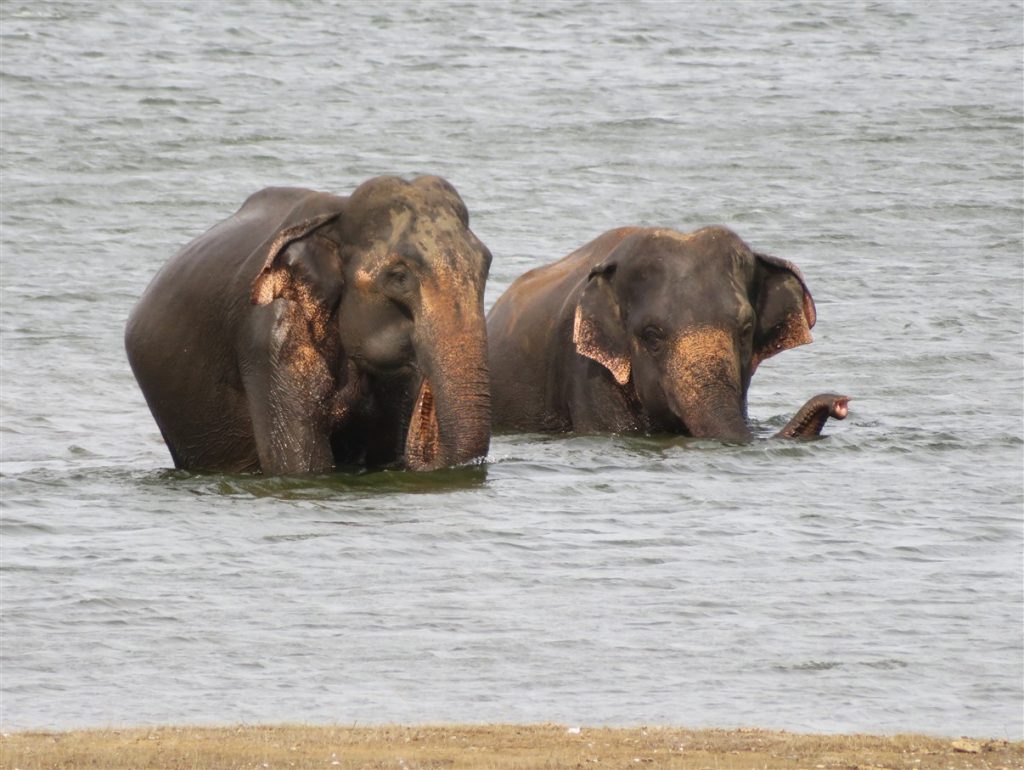
Along with some amazing elephant sightings (we spotted more than 100 elephants!), we also saw some jackals, several monkey species and an incredible number of bird species. The manager at Back of Beyond Jungle Hideaway – Pidurangala was our guide for the day and he is an experienced birdwatcher, so of all the parks we visited, none did surpass Kaudulla in sheer number of birds spotted. Since there aren’t a lot of large mammals here except for the elephants, this is also the ideal park to focus on smaller wildlife.
In our next blog post we will take you to the centre of the island.


